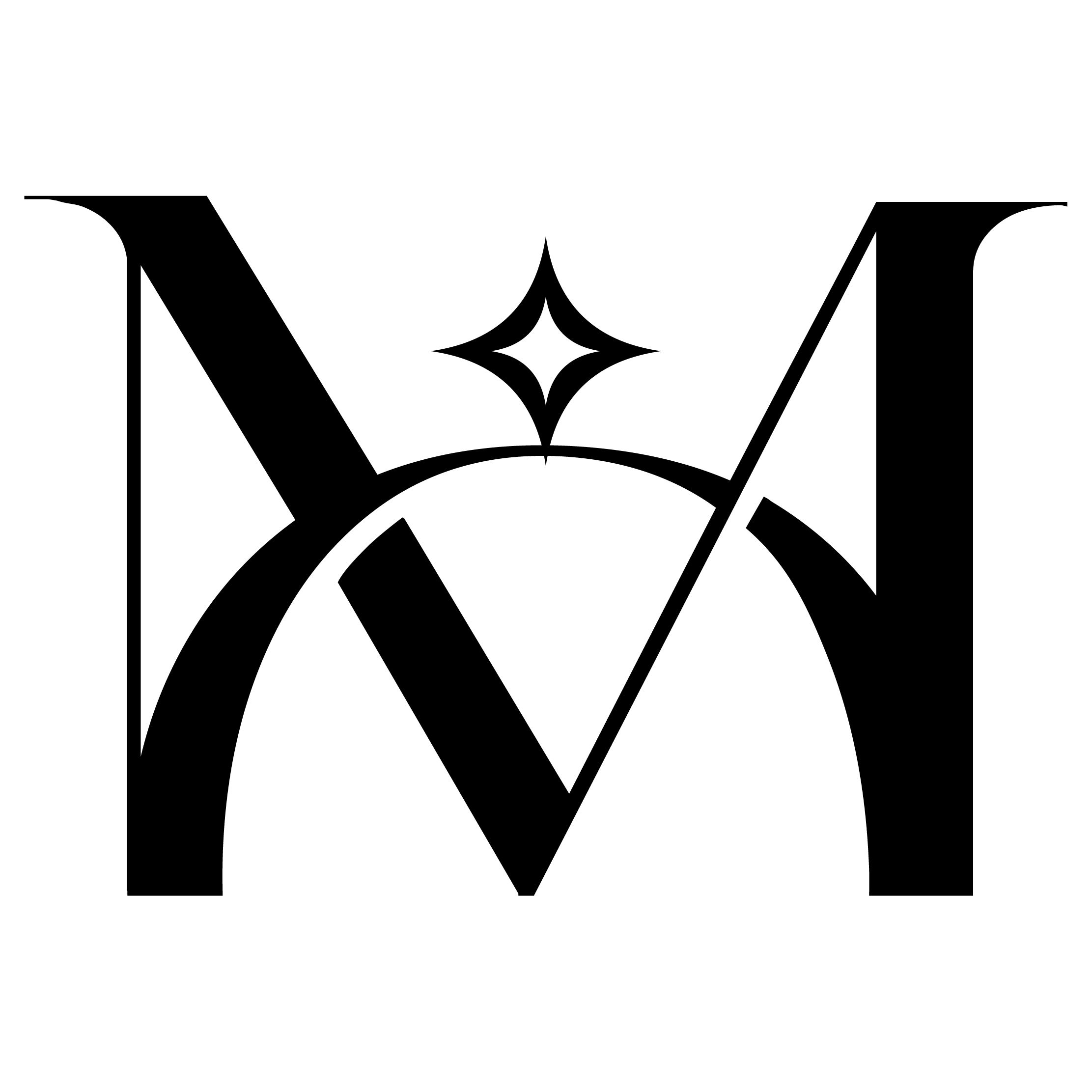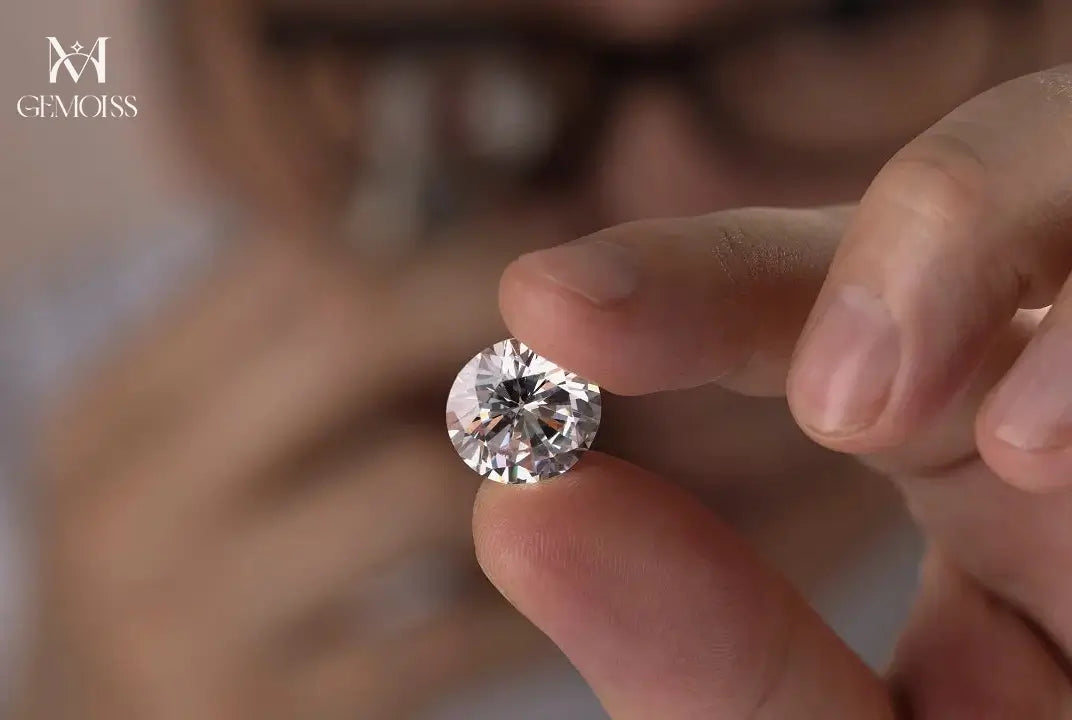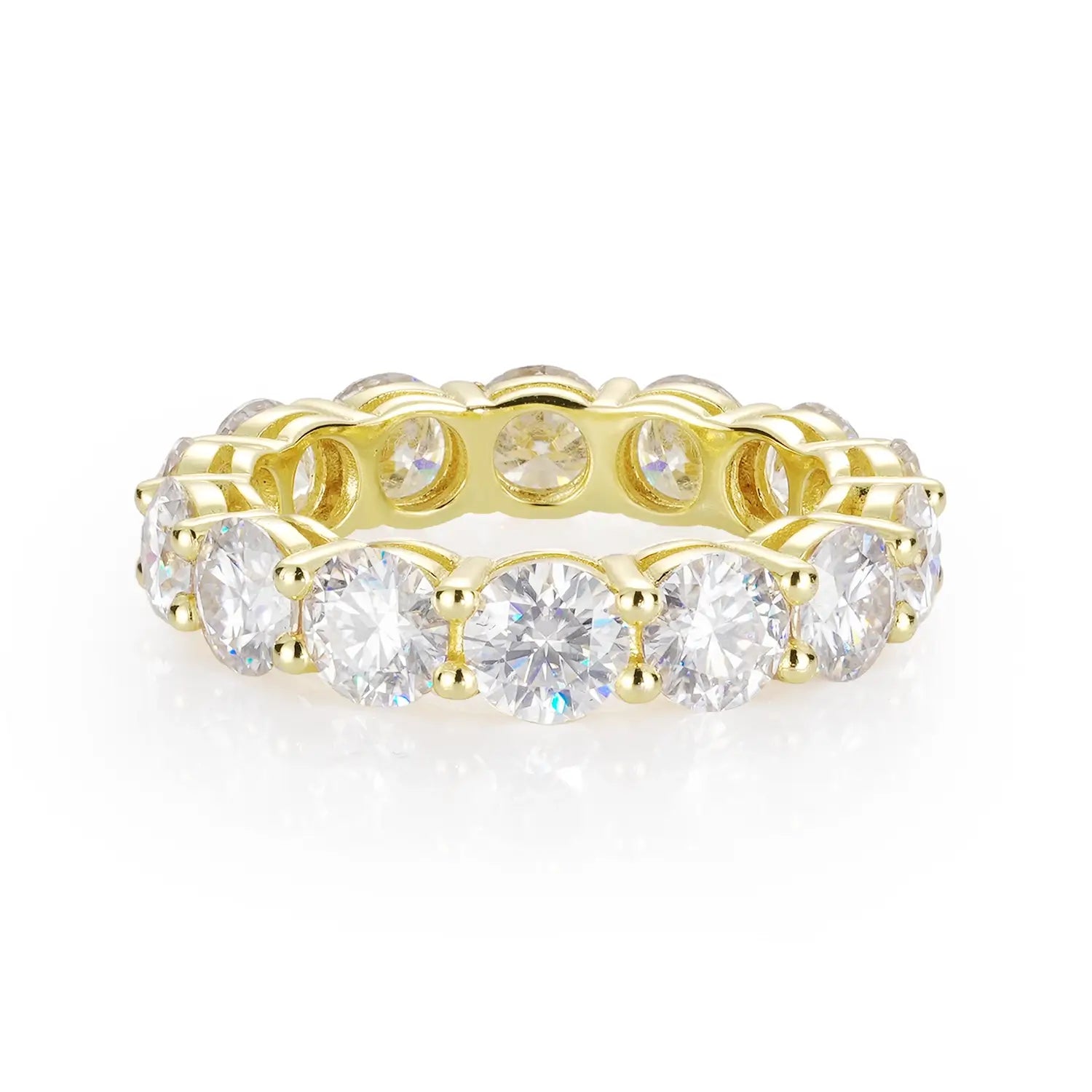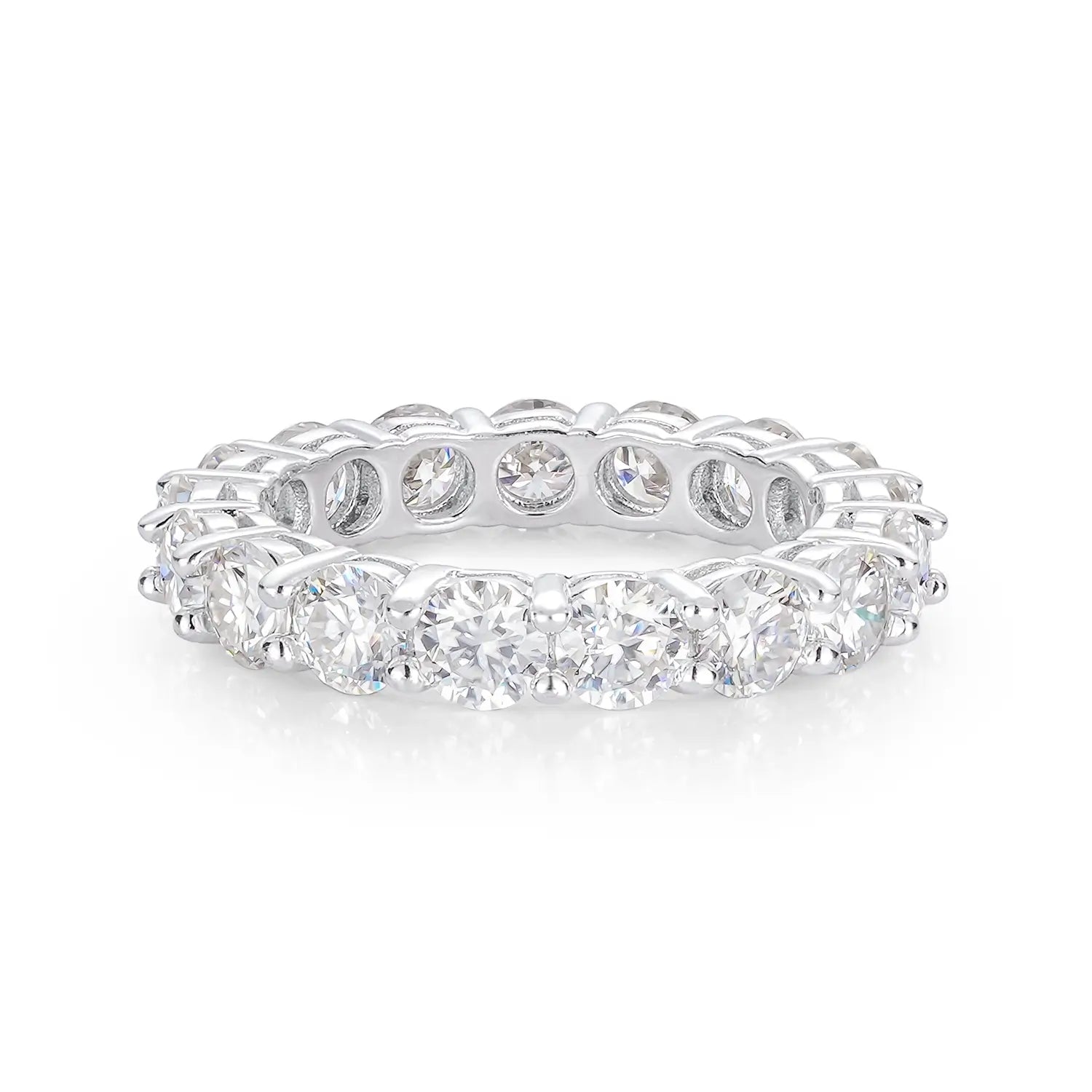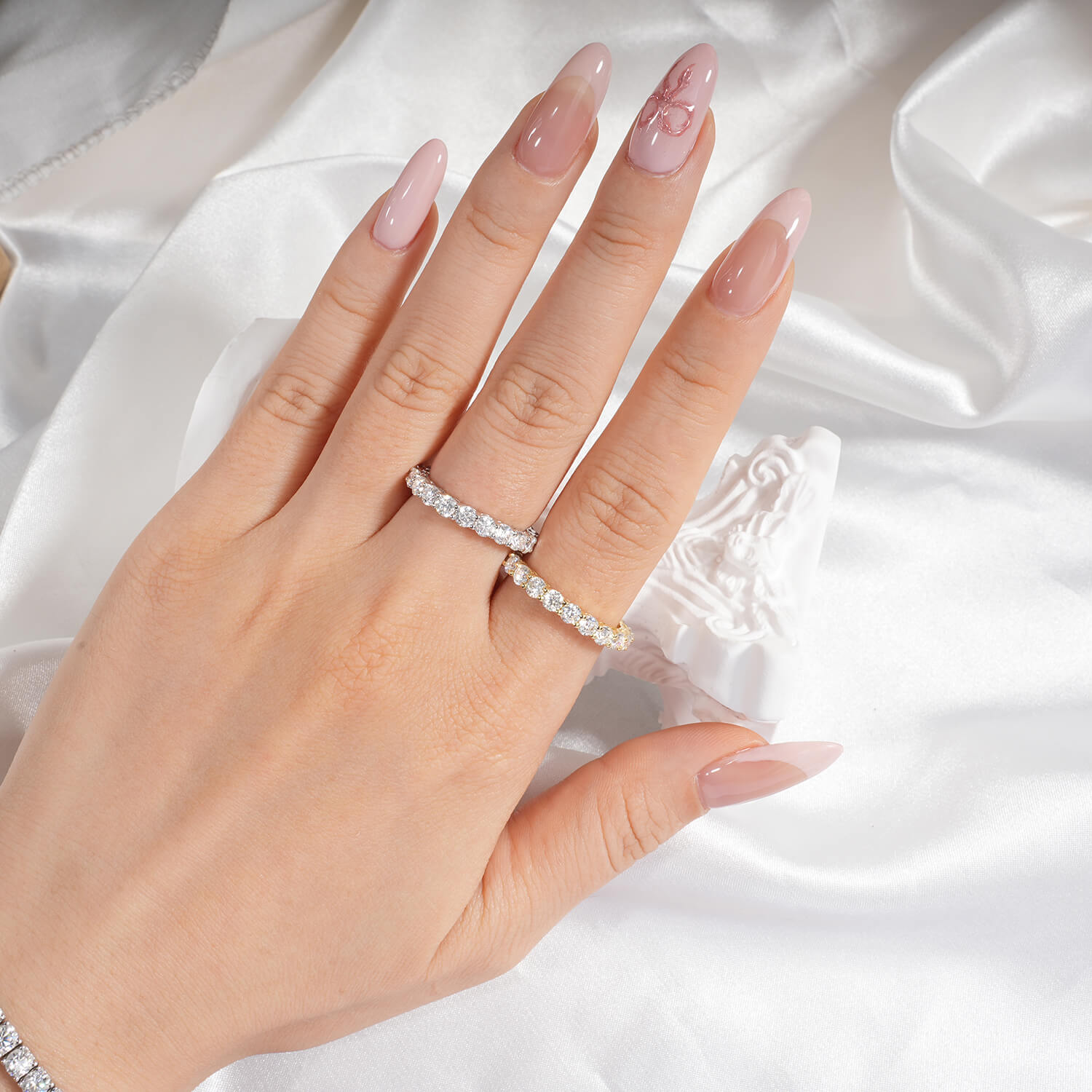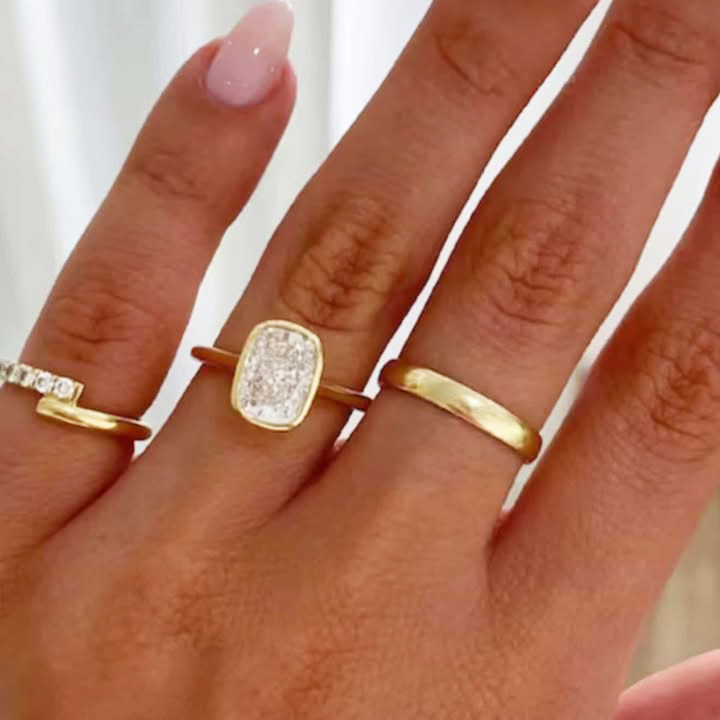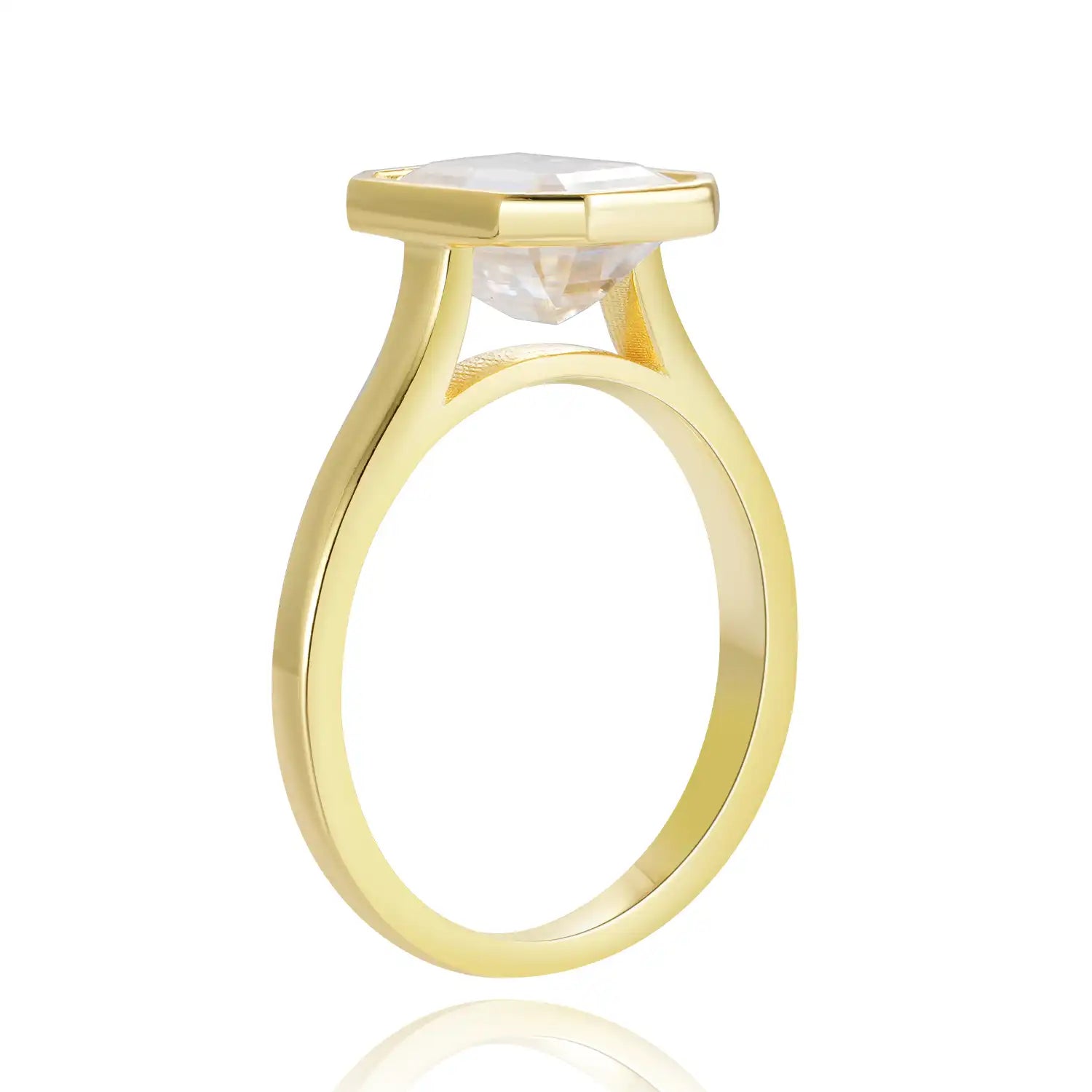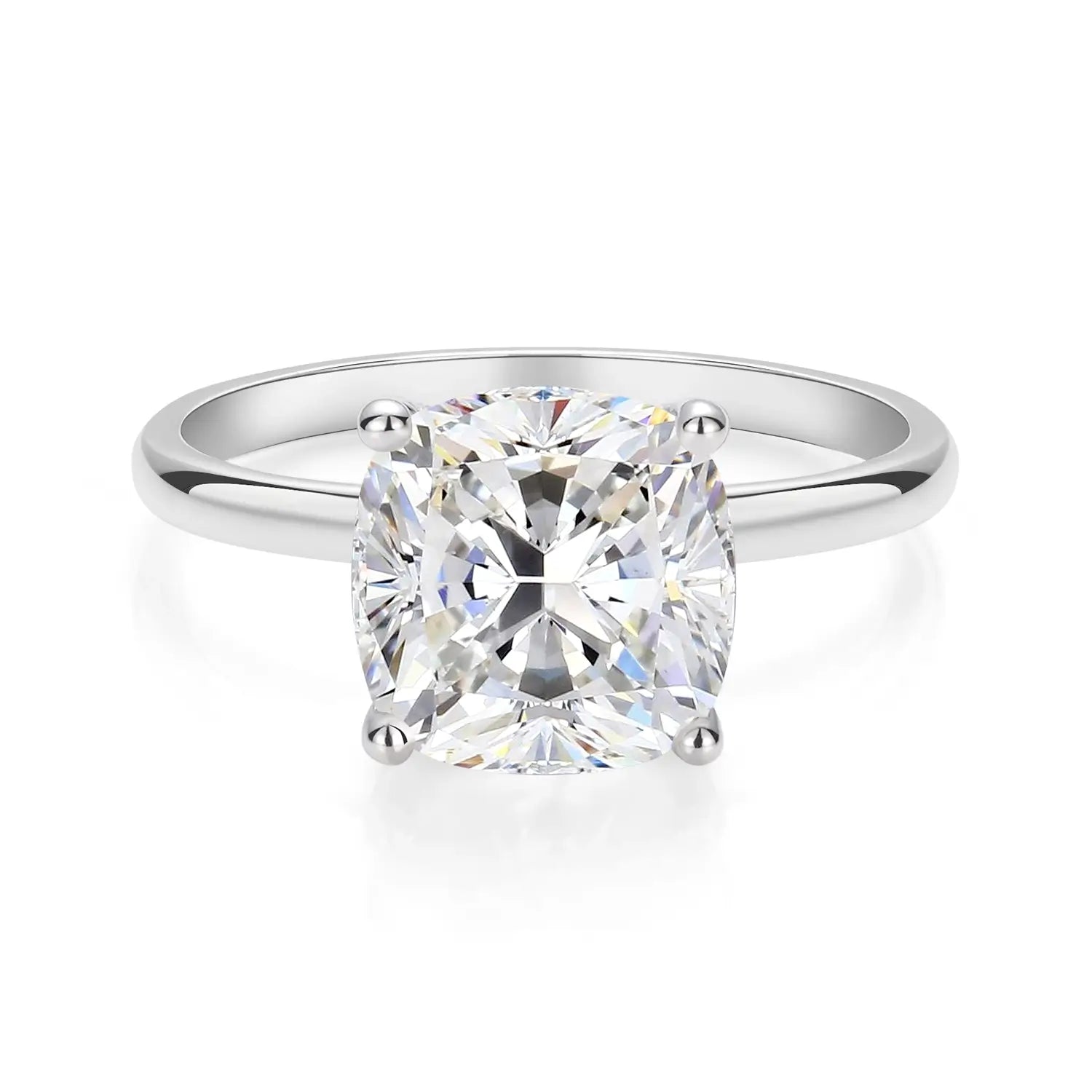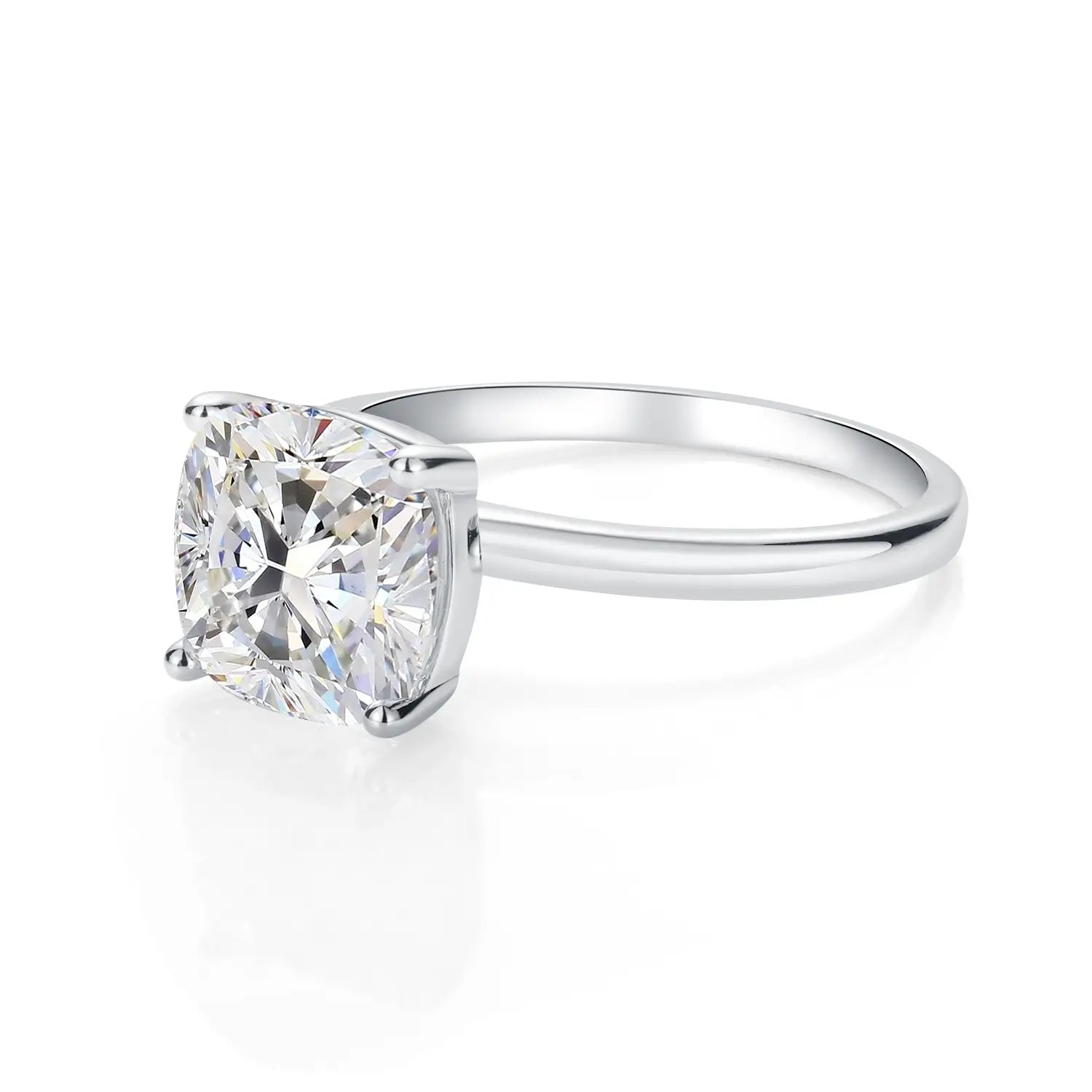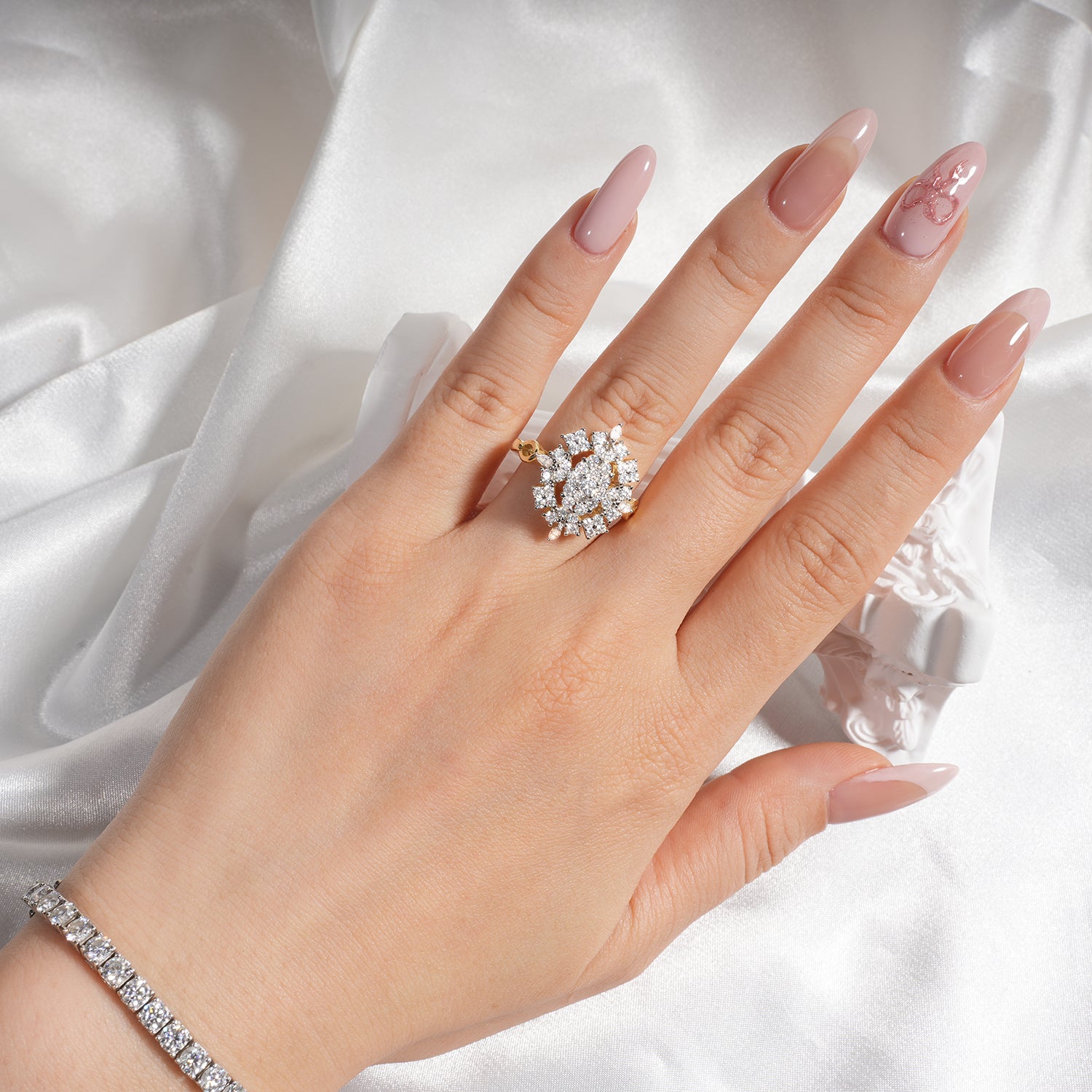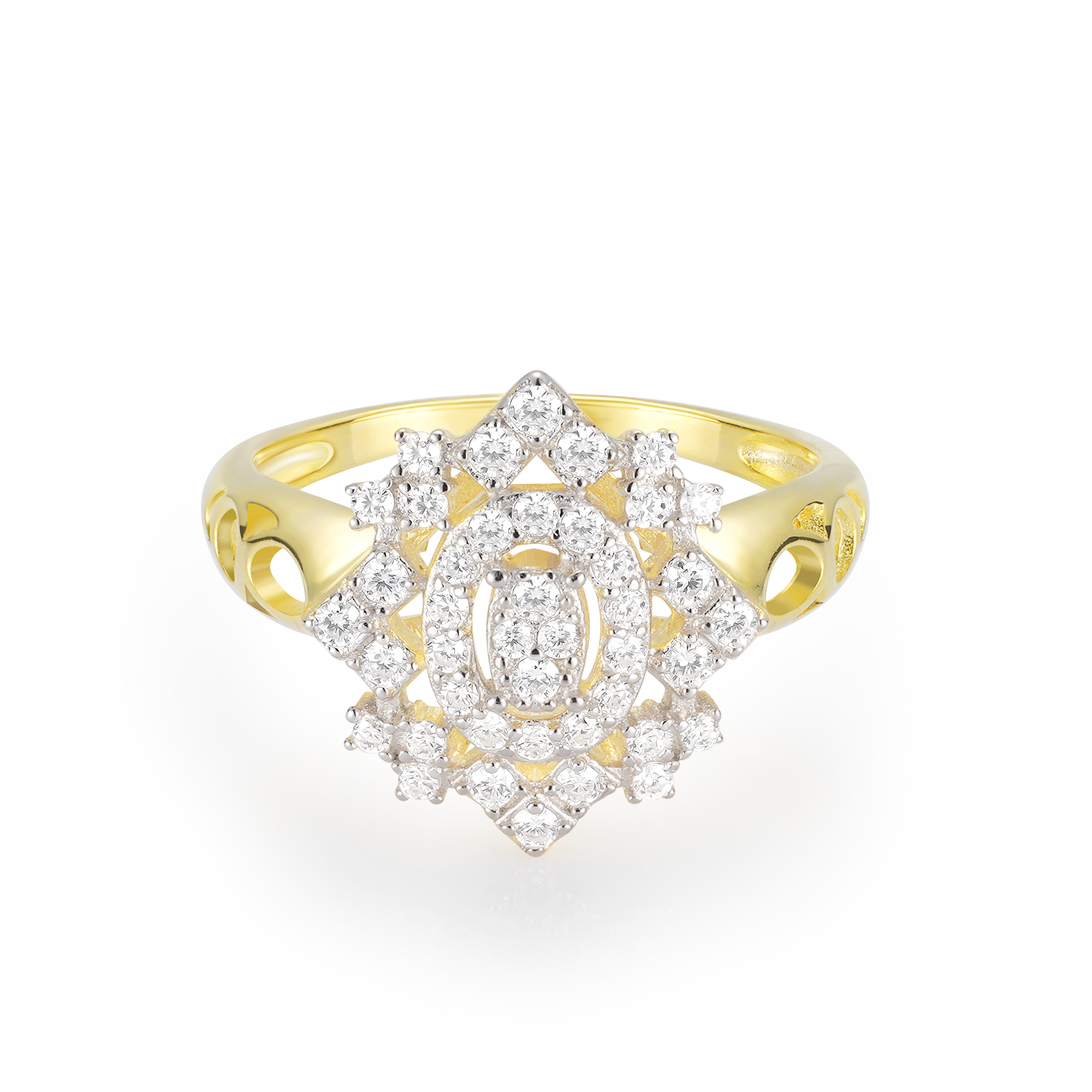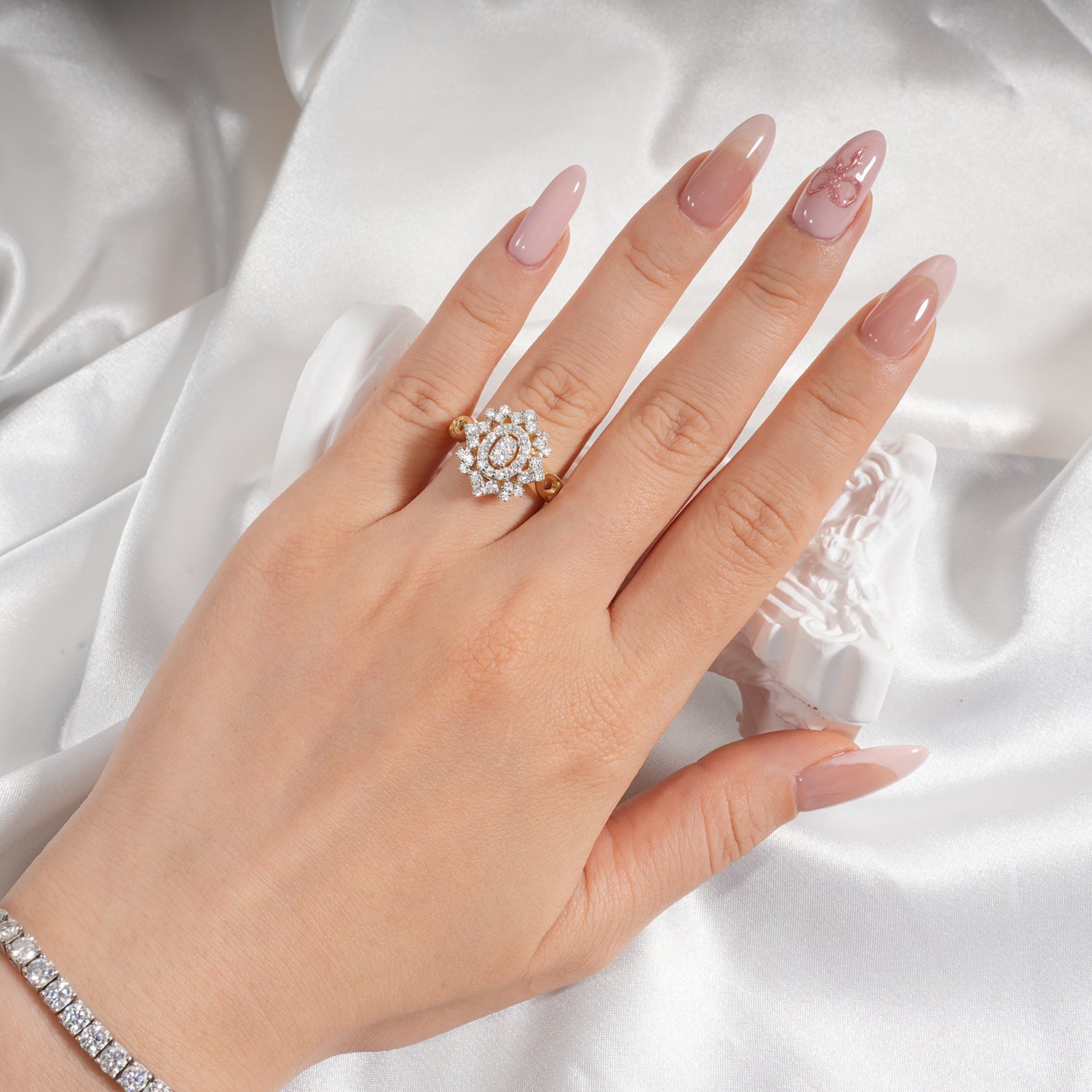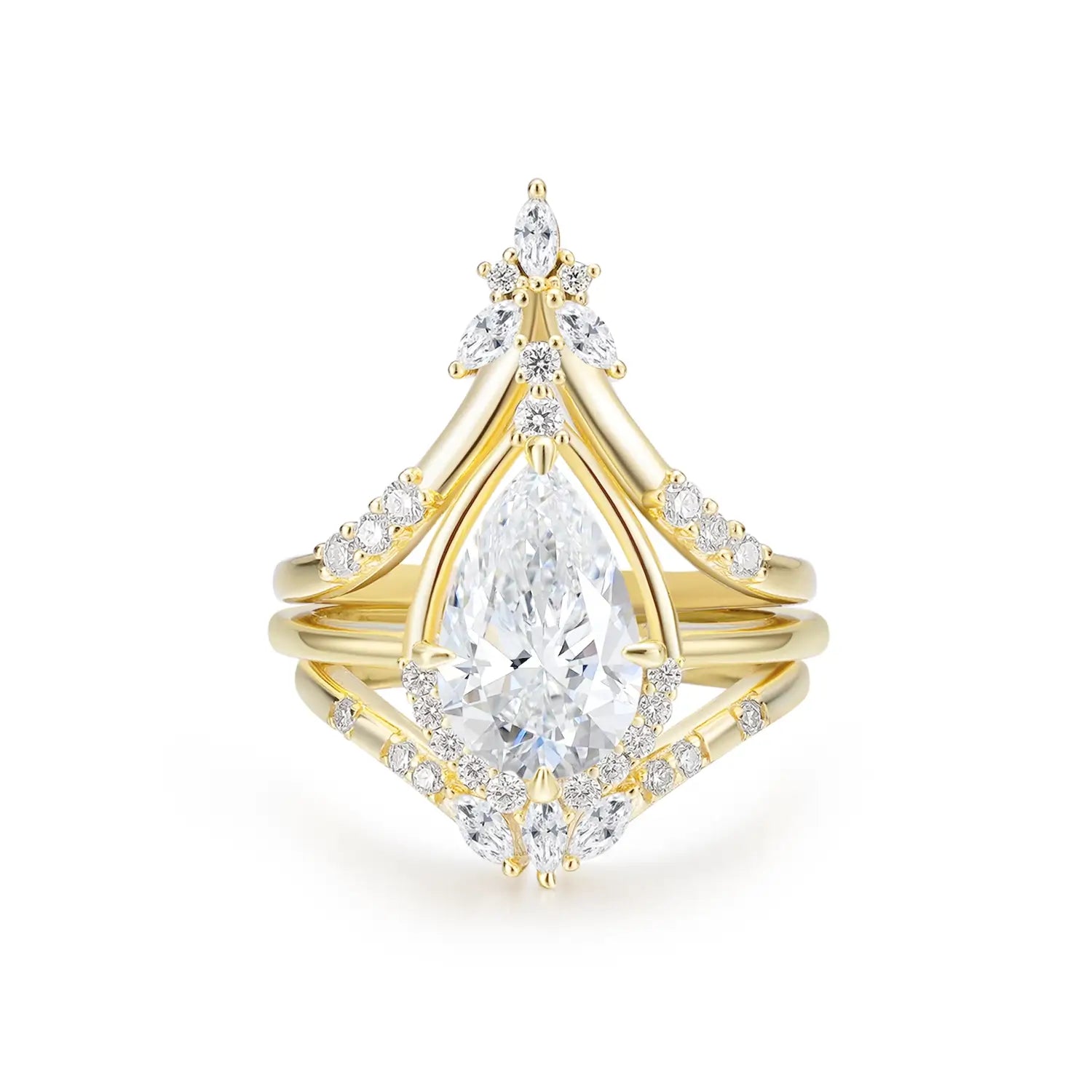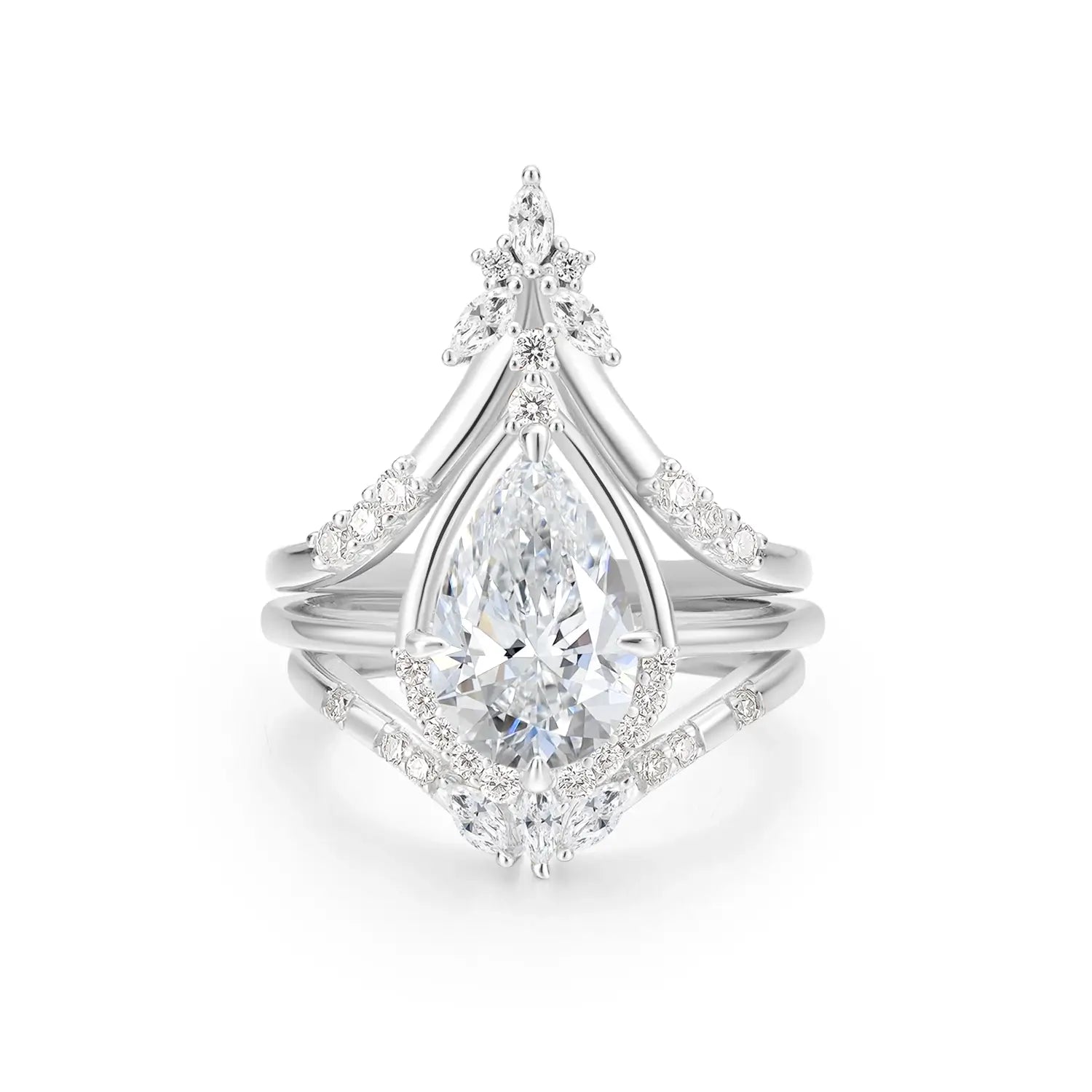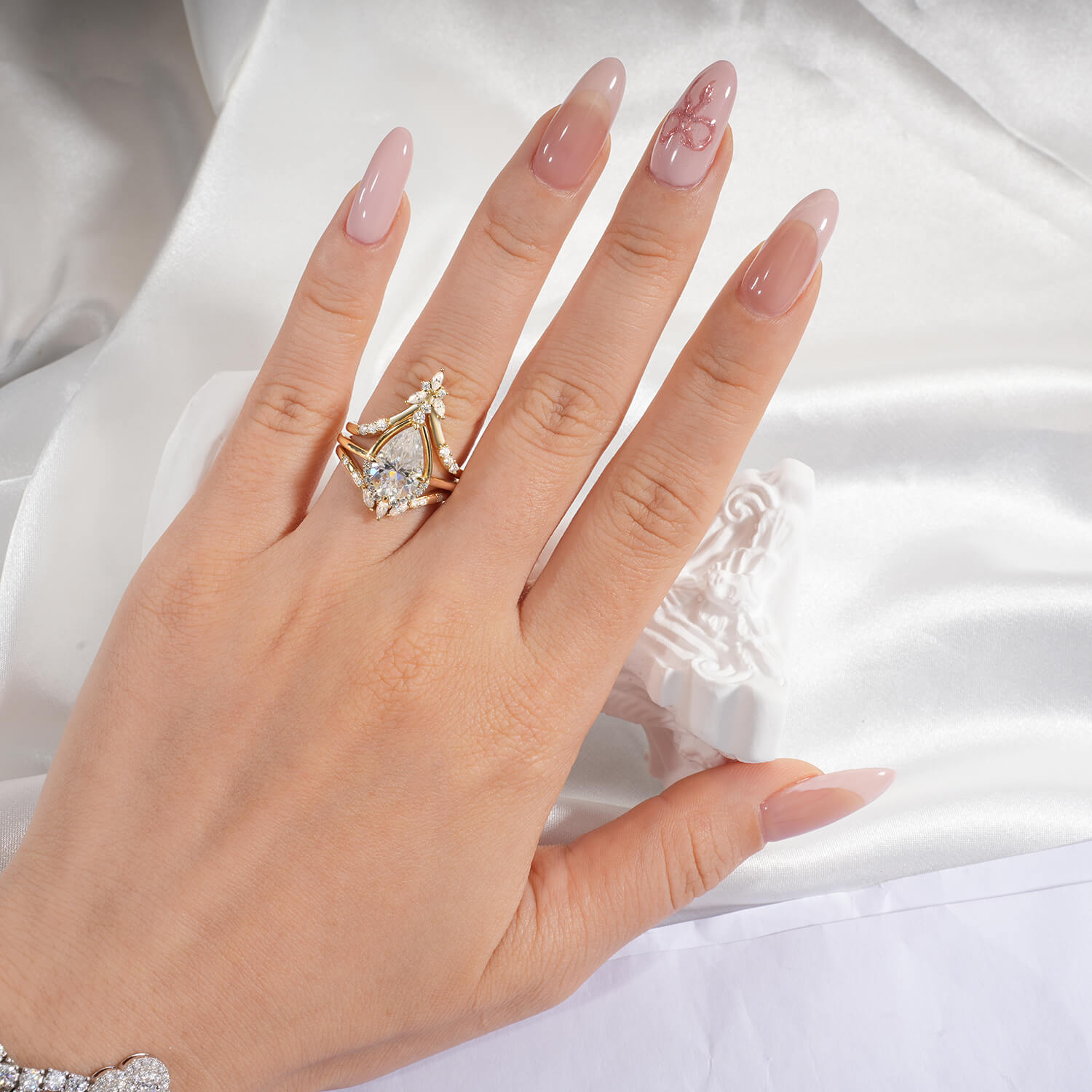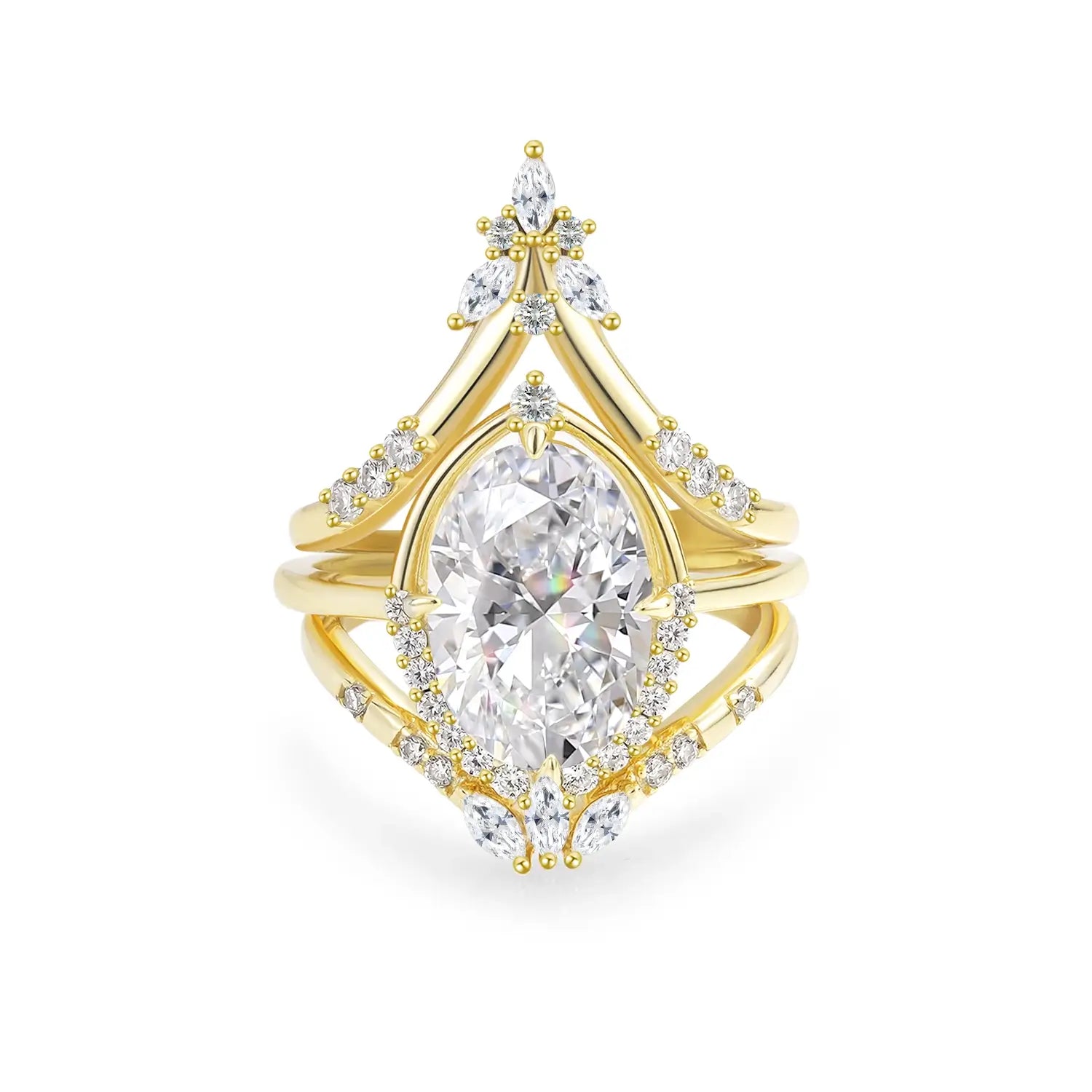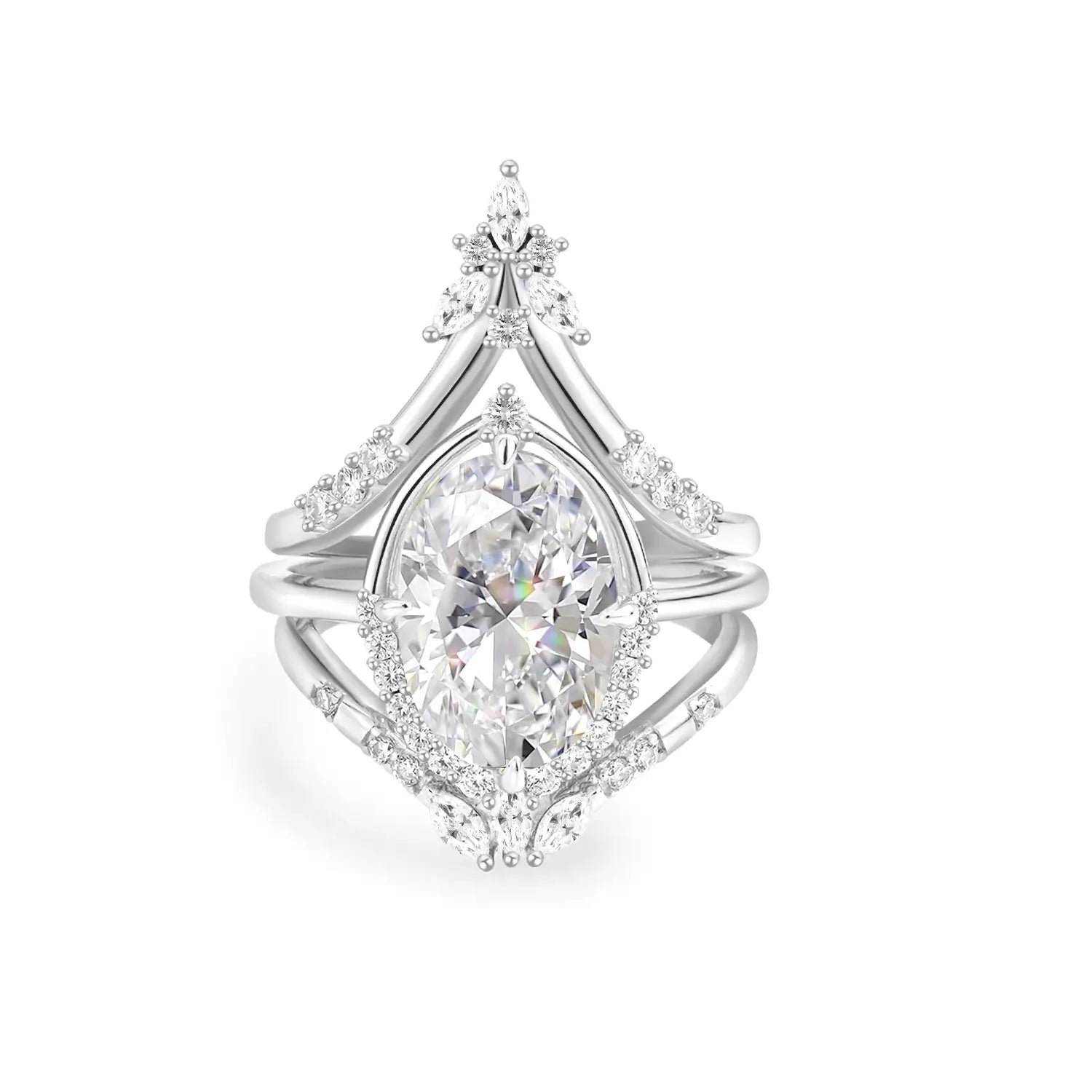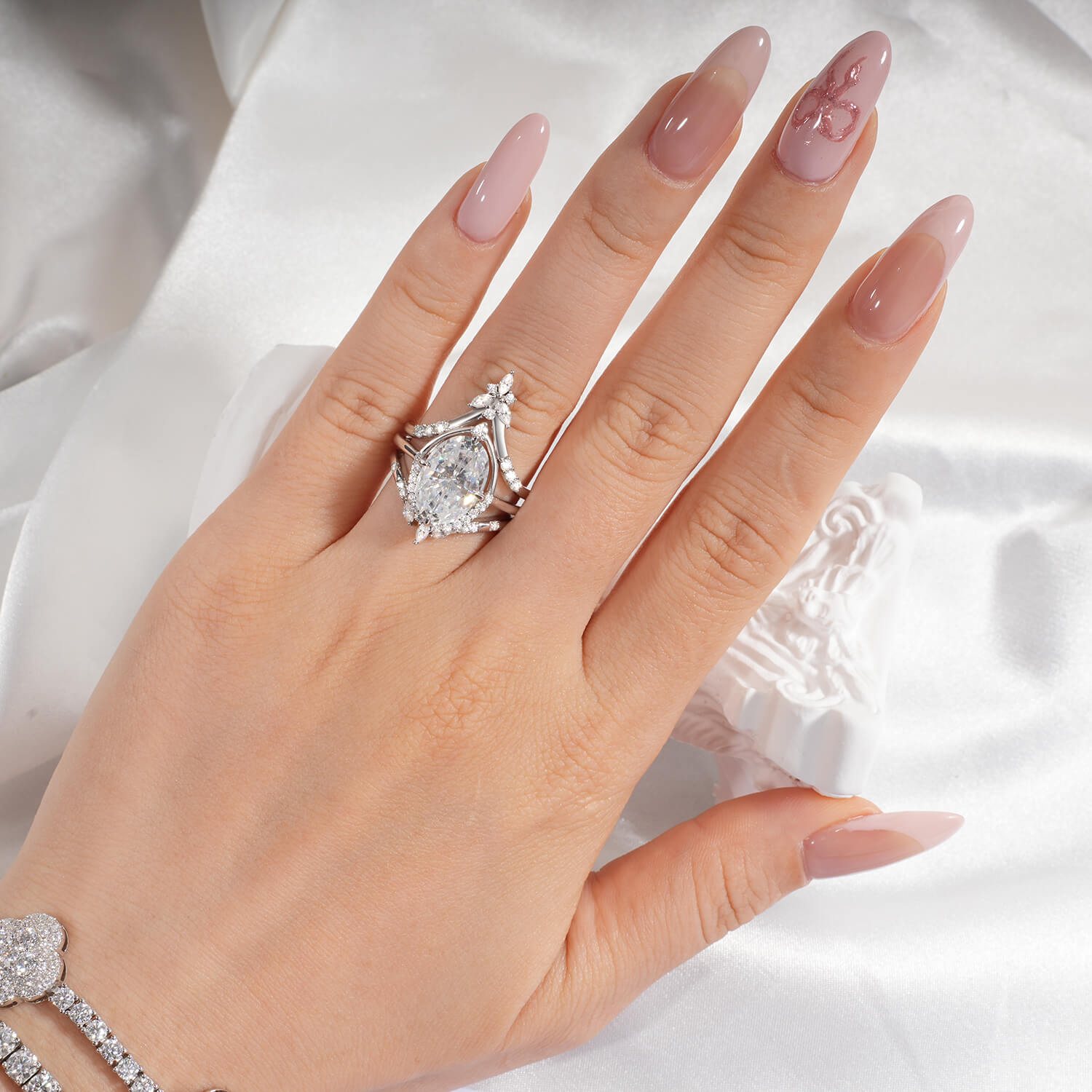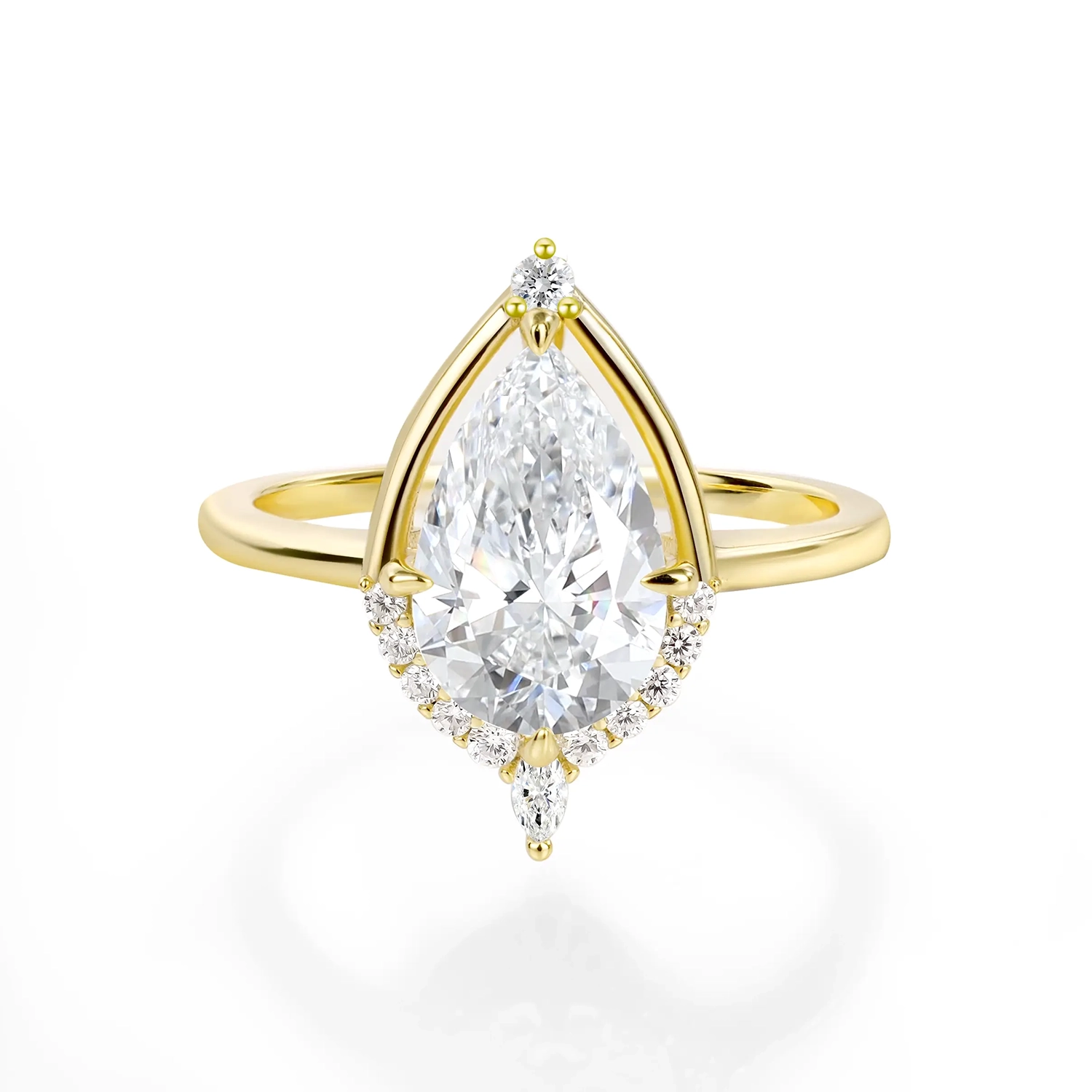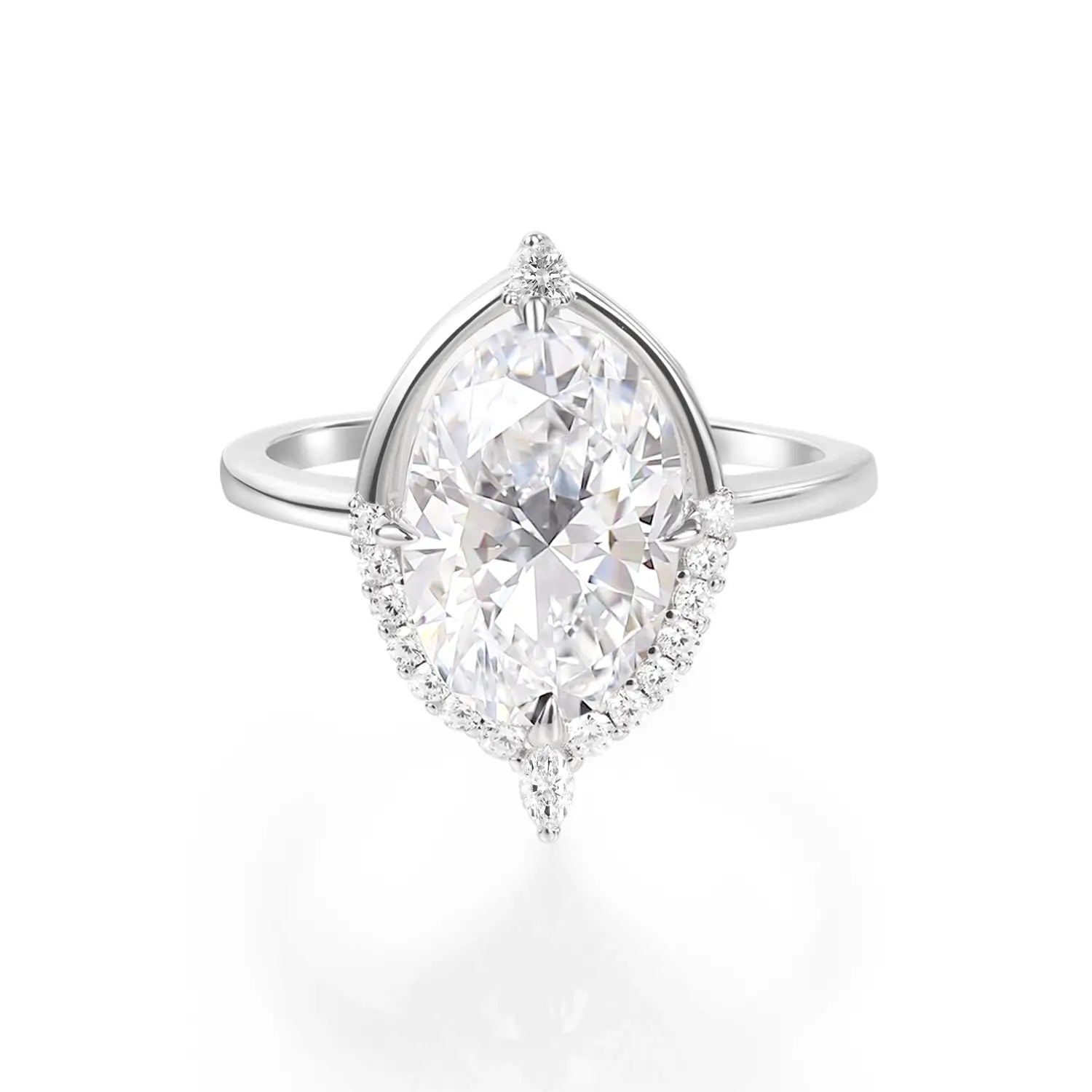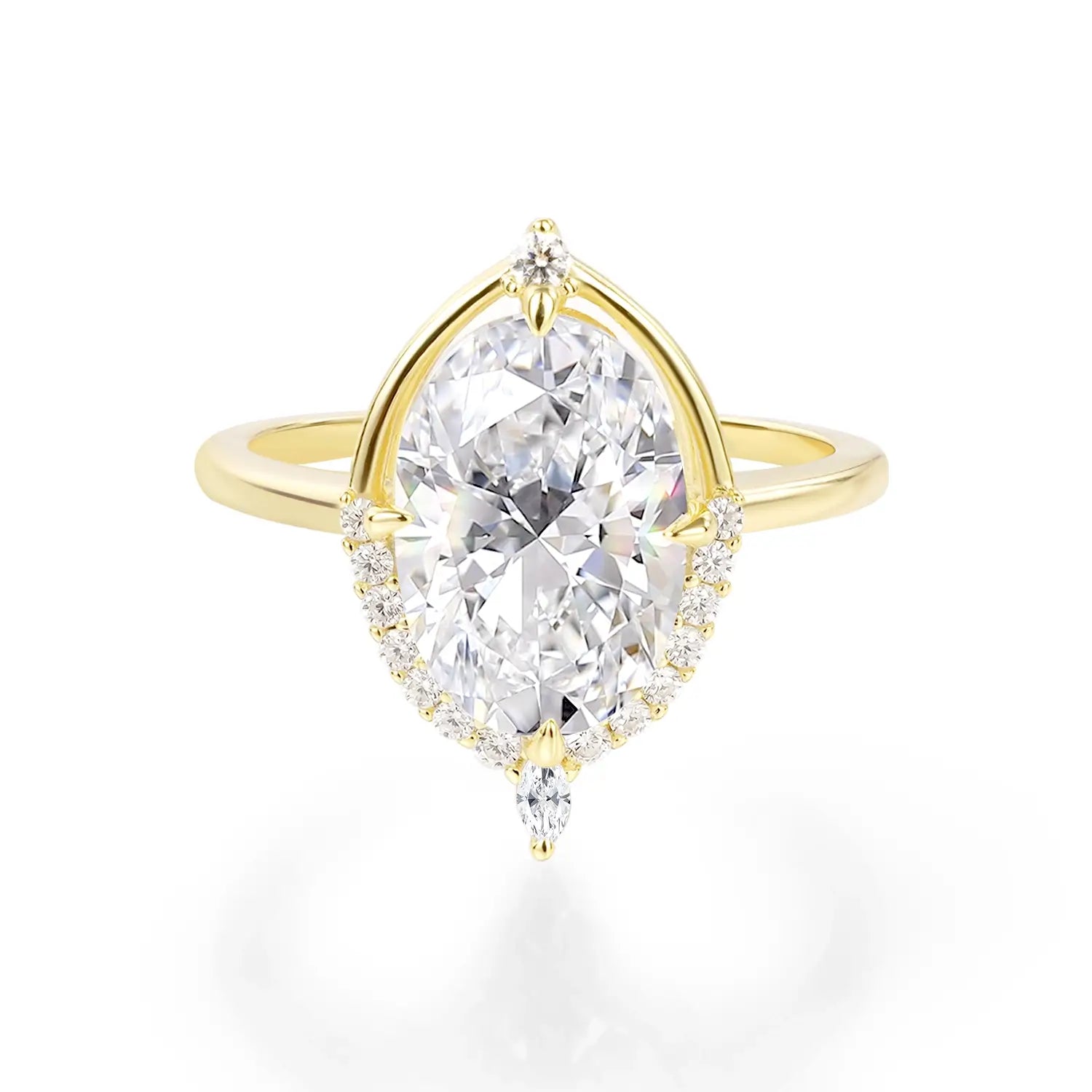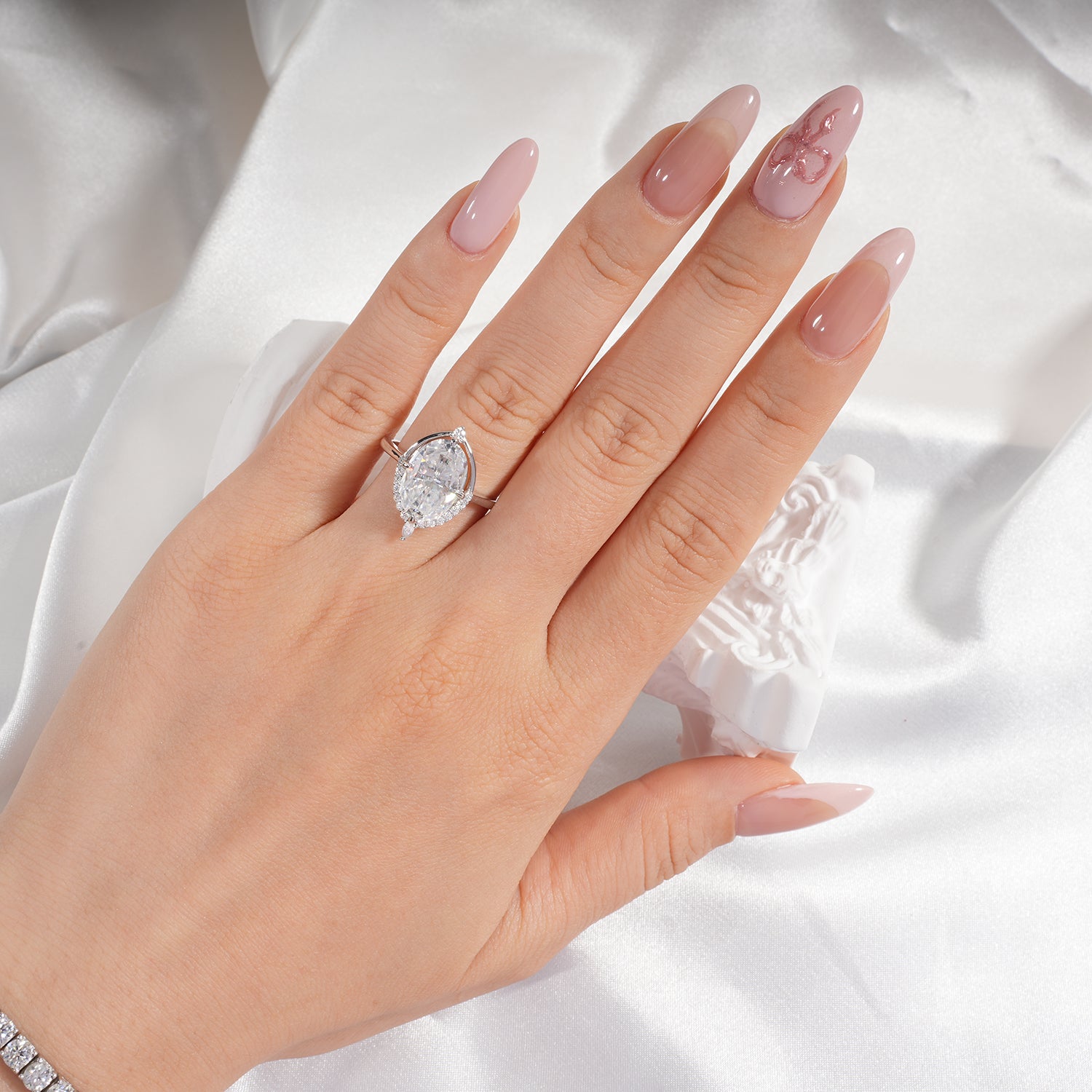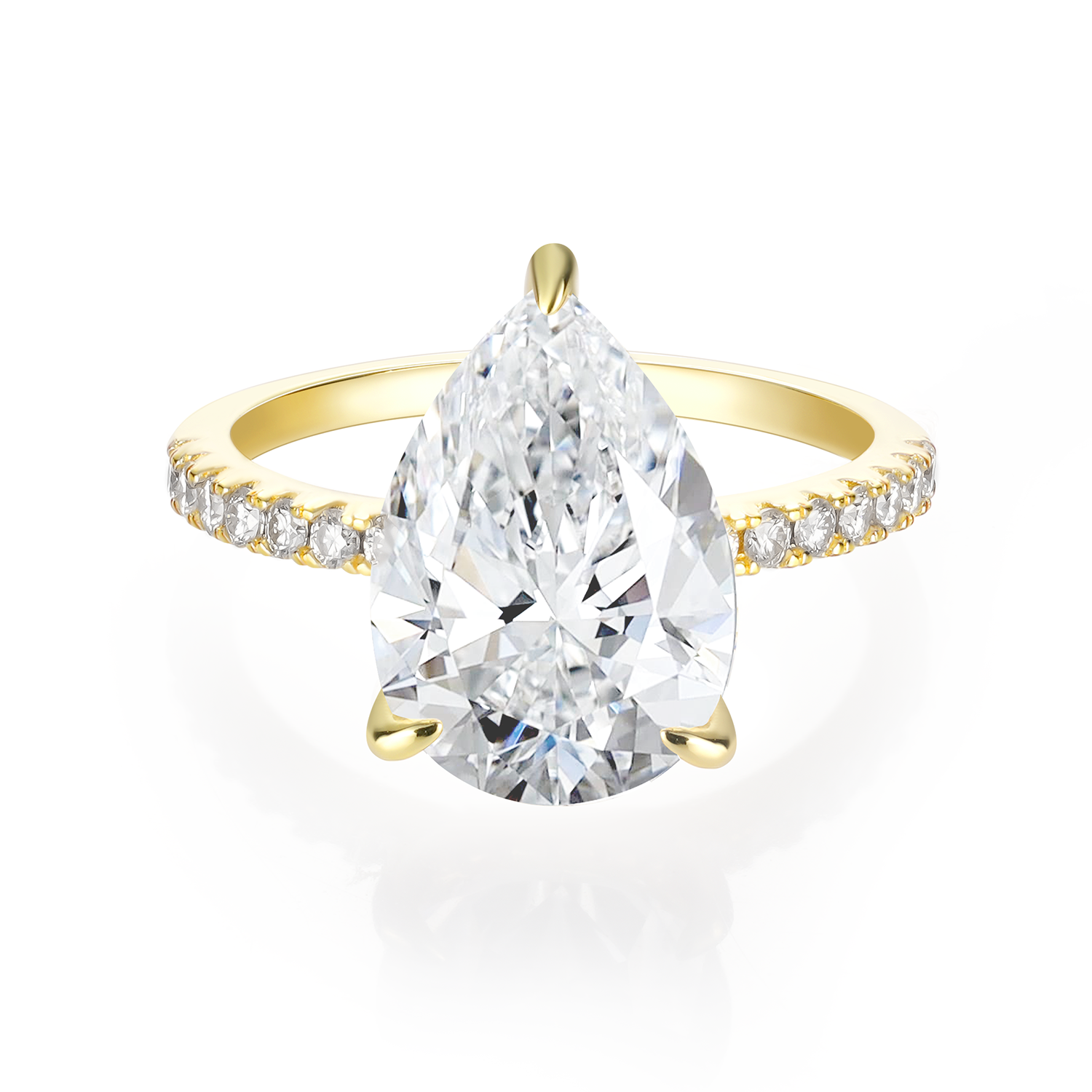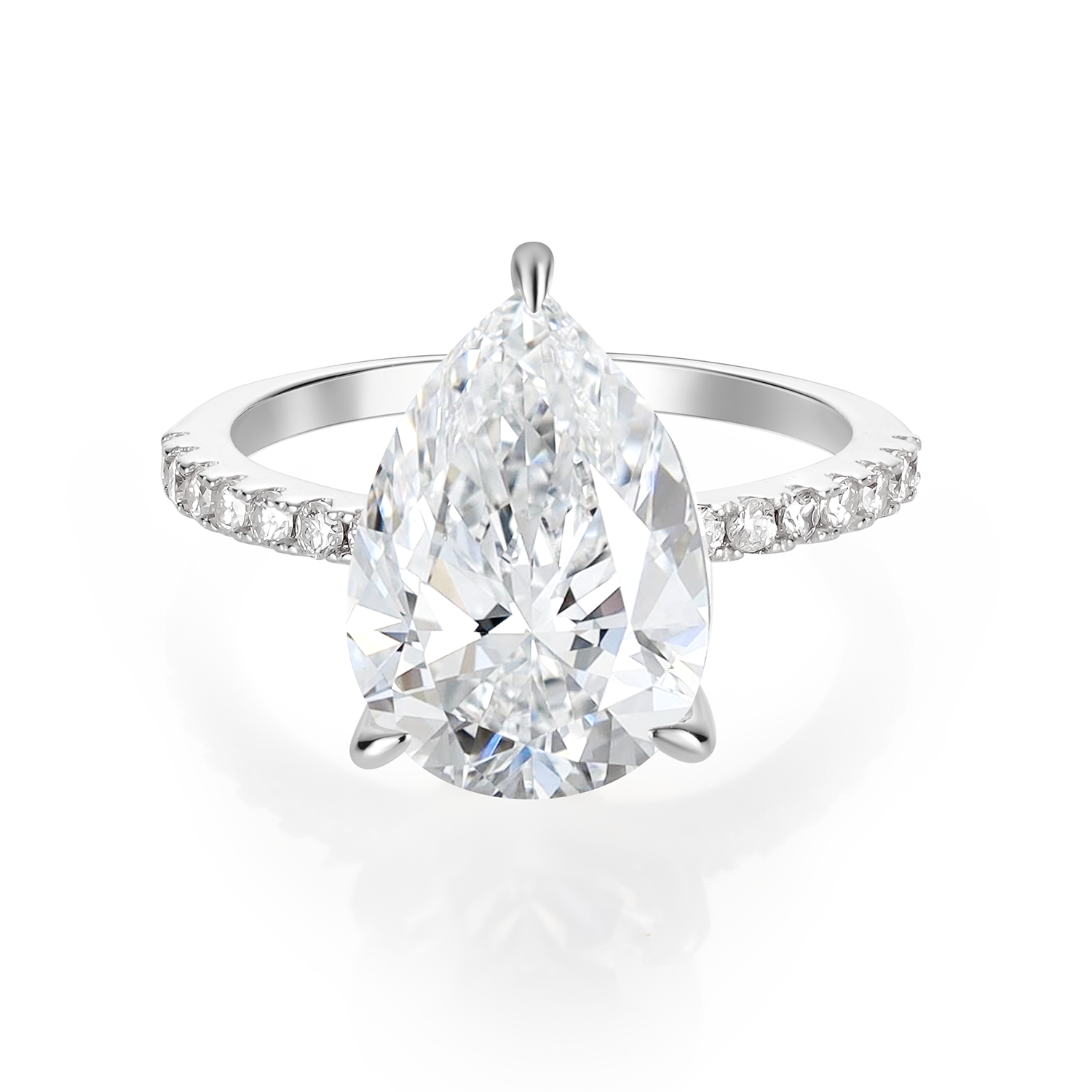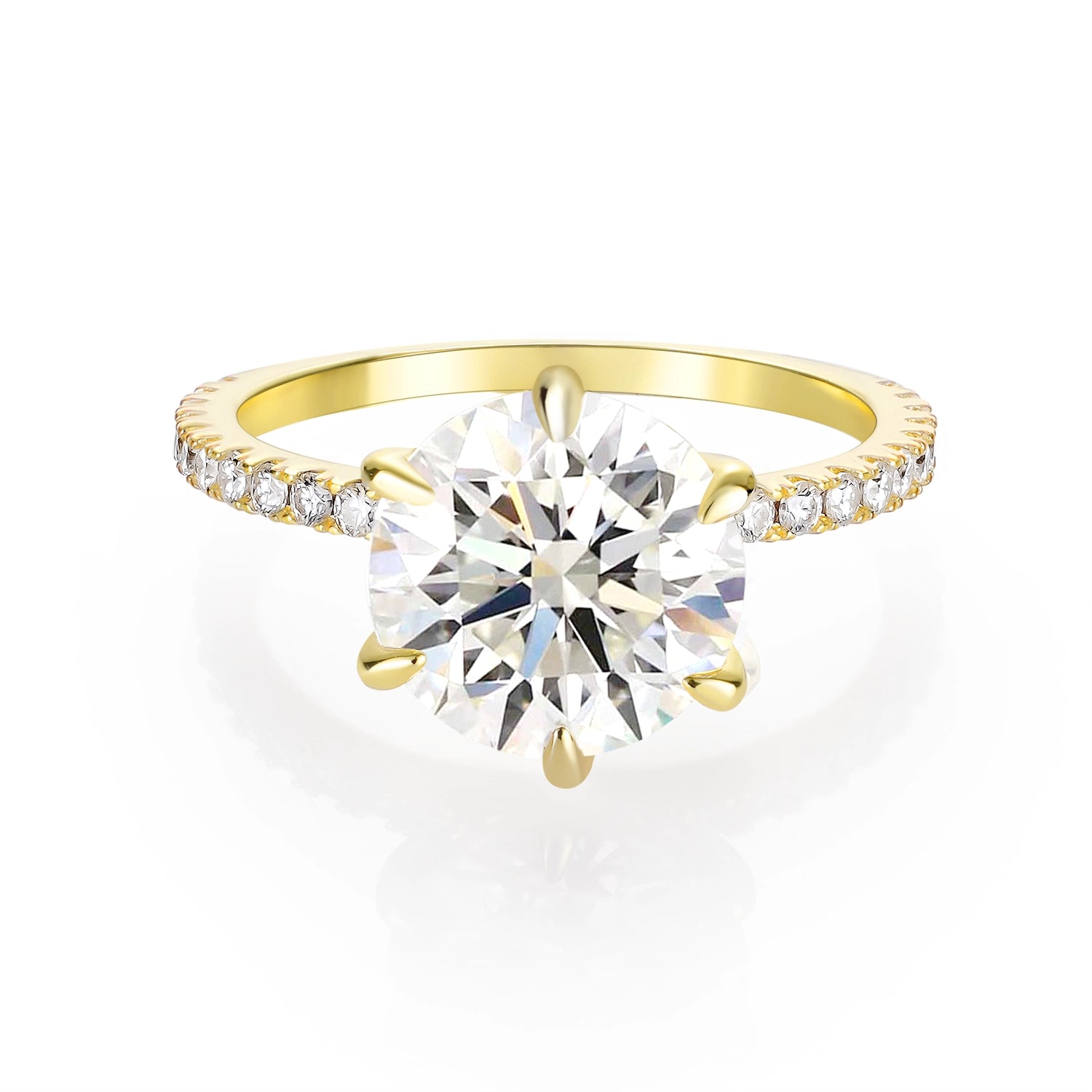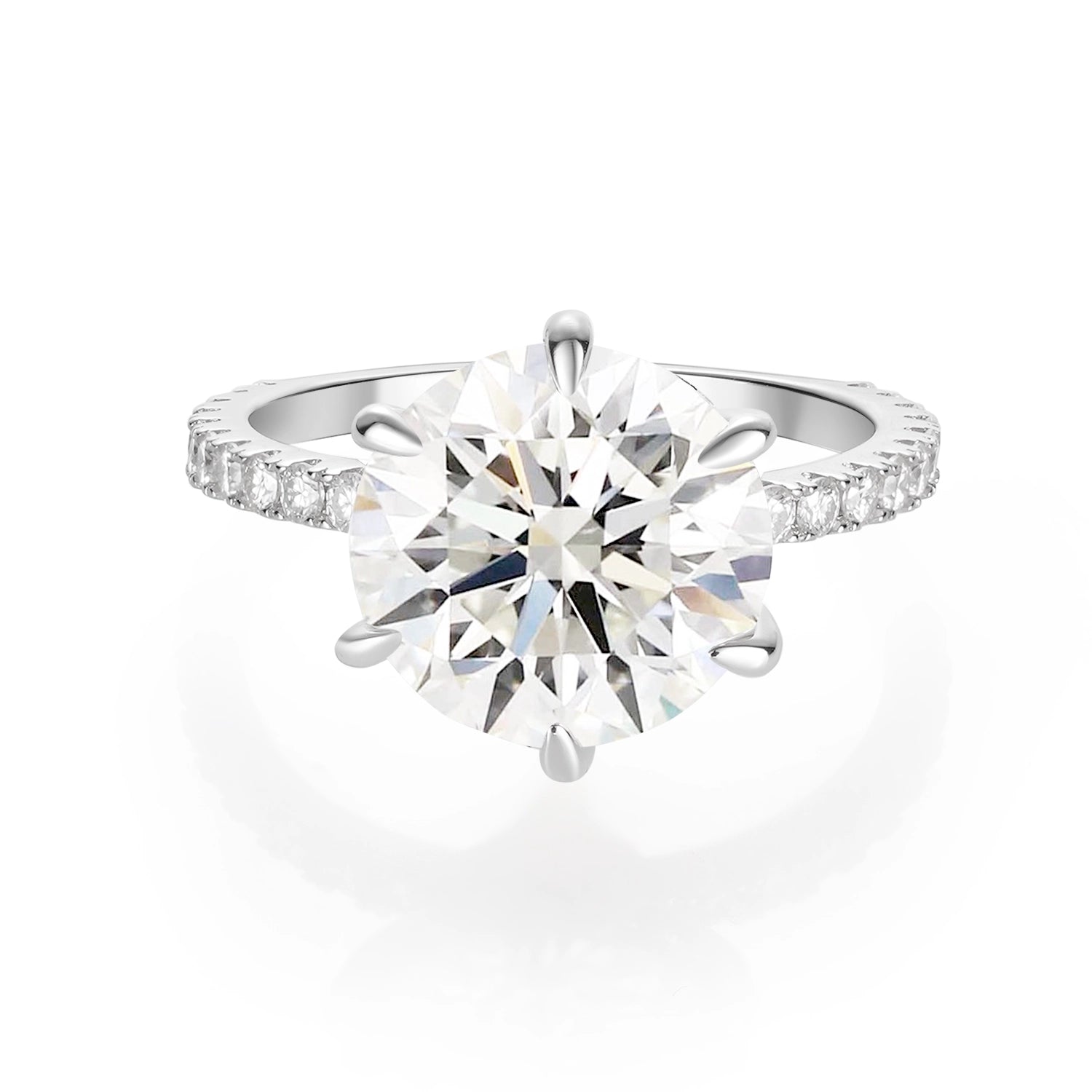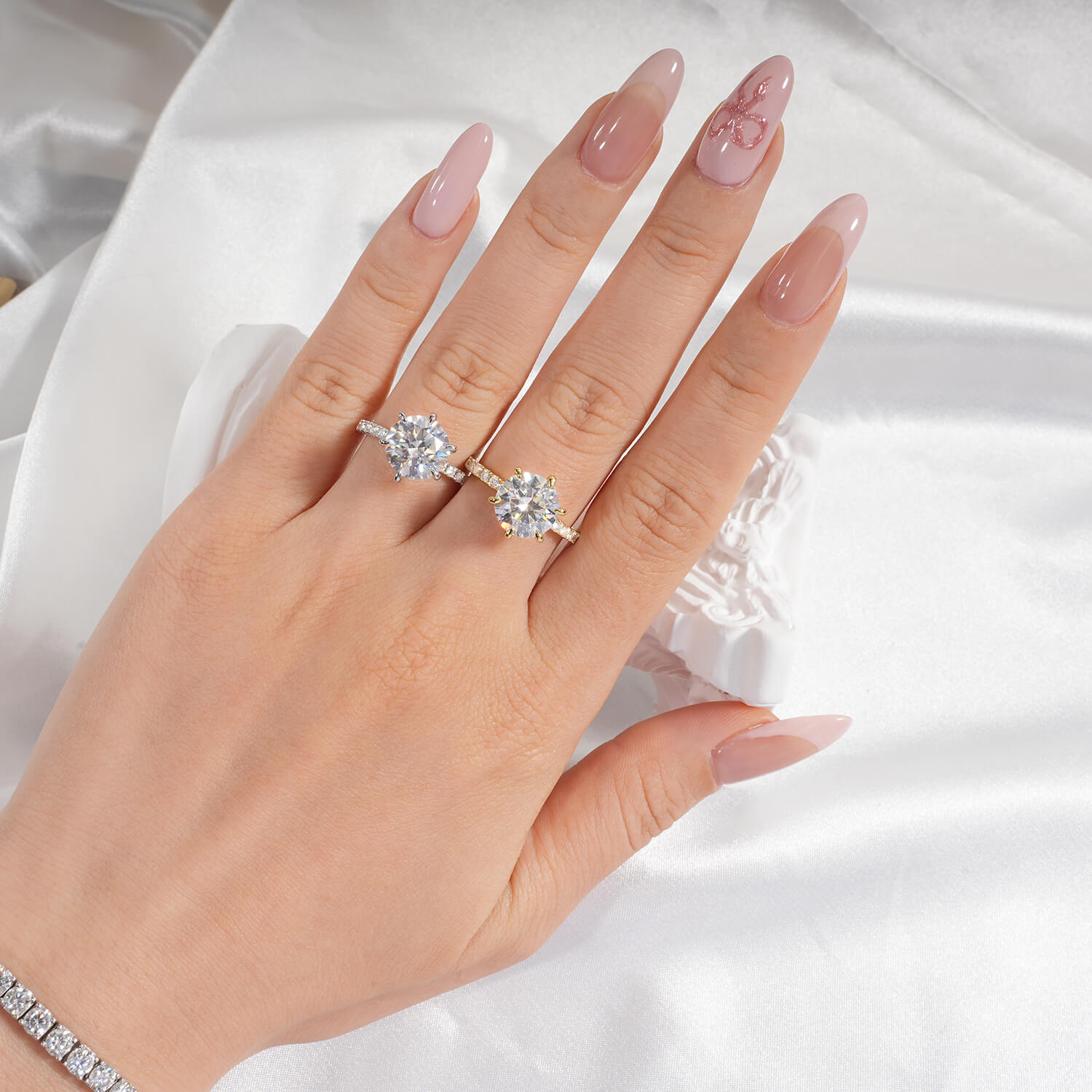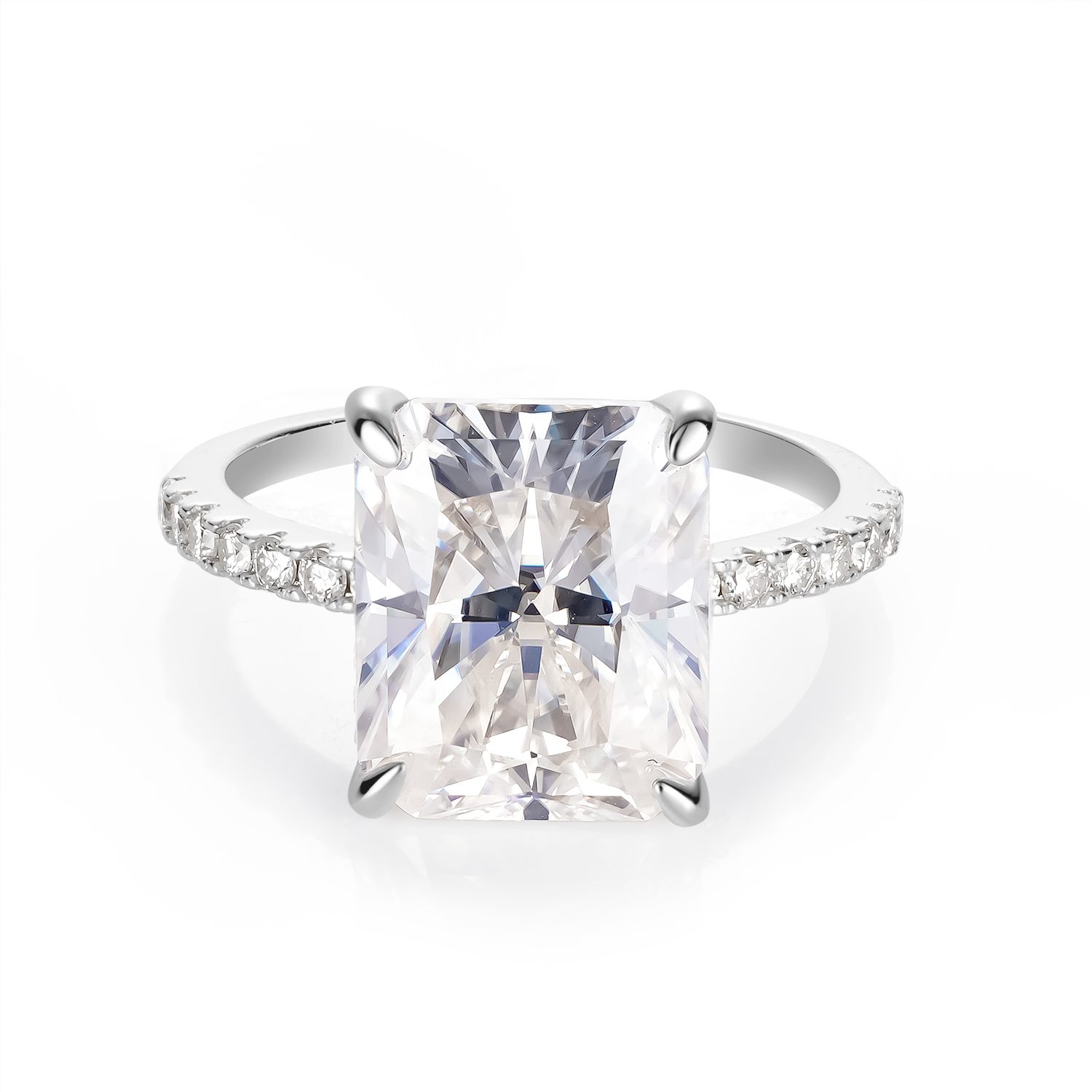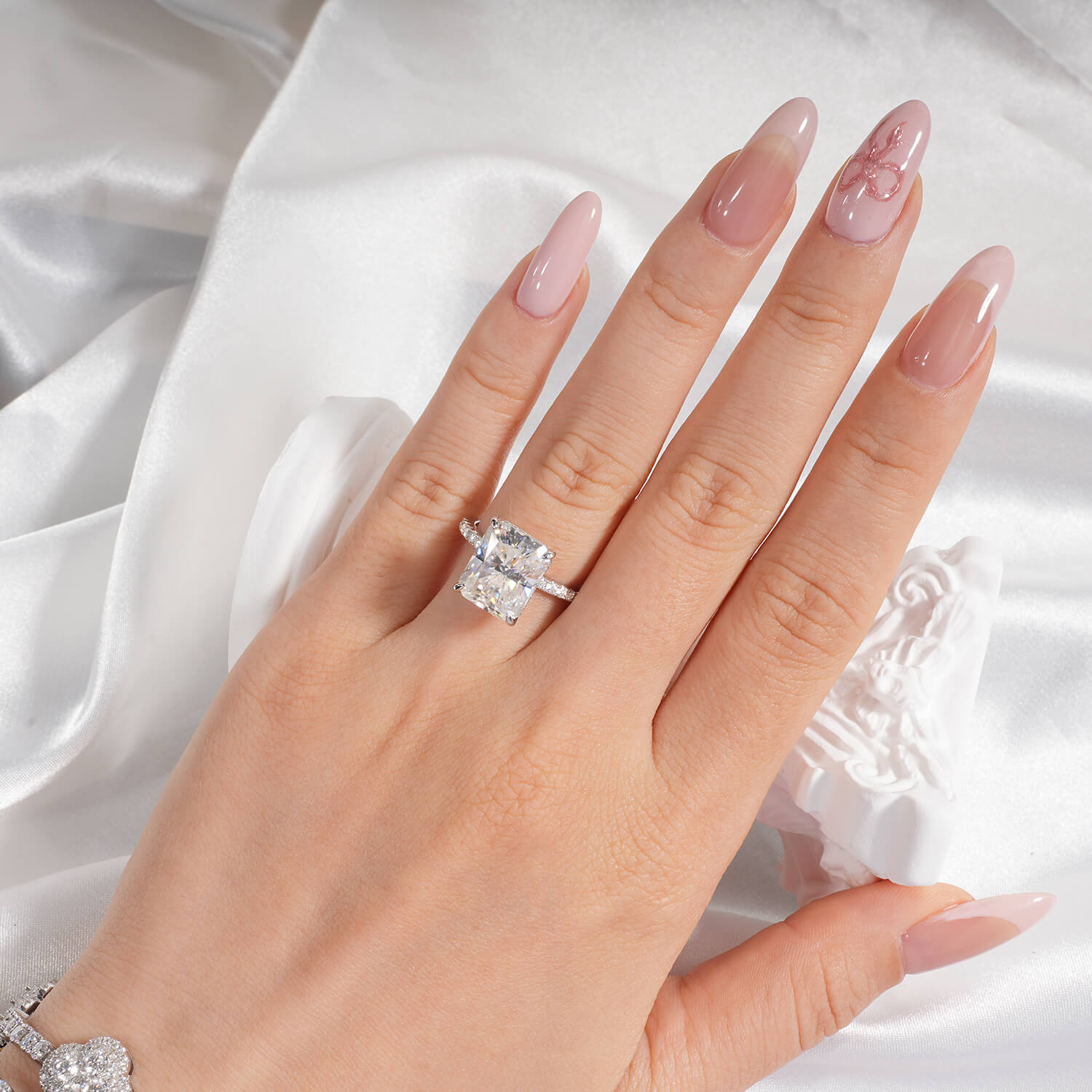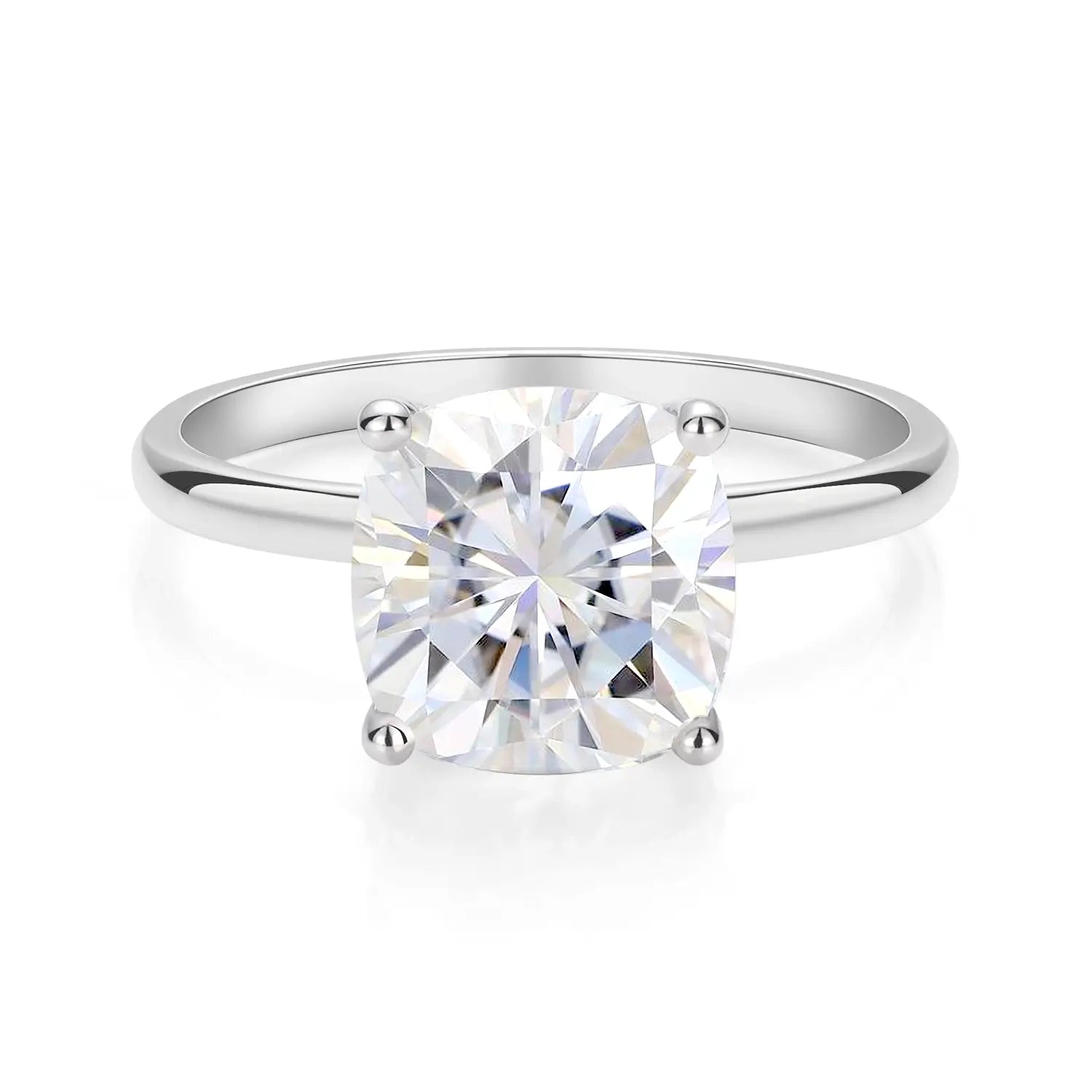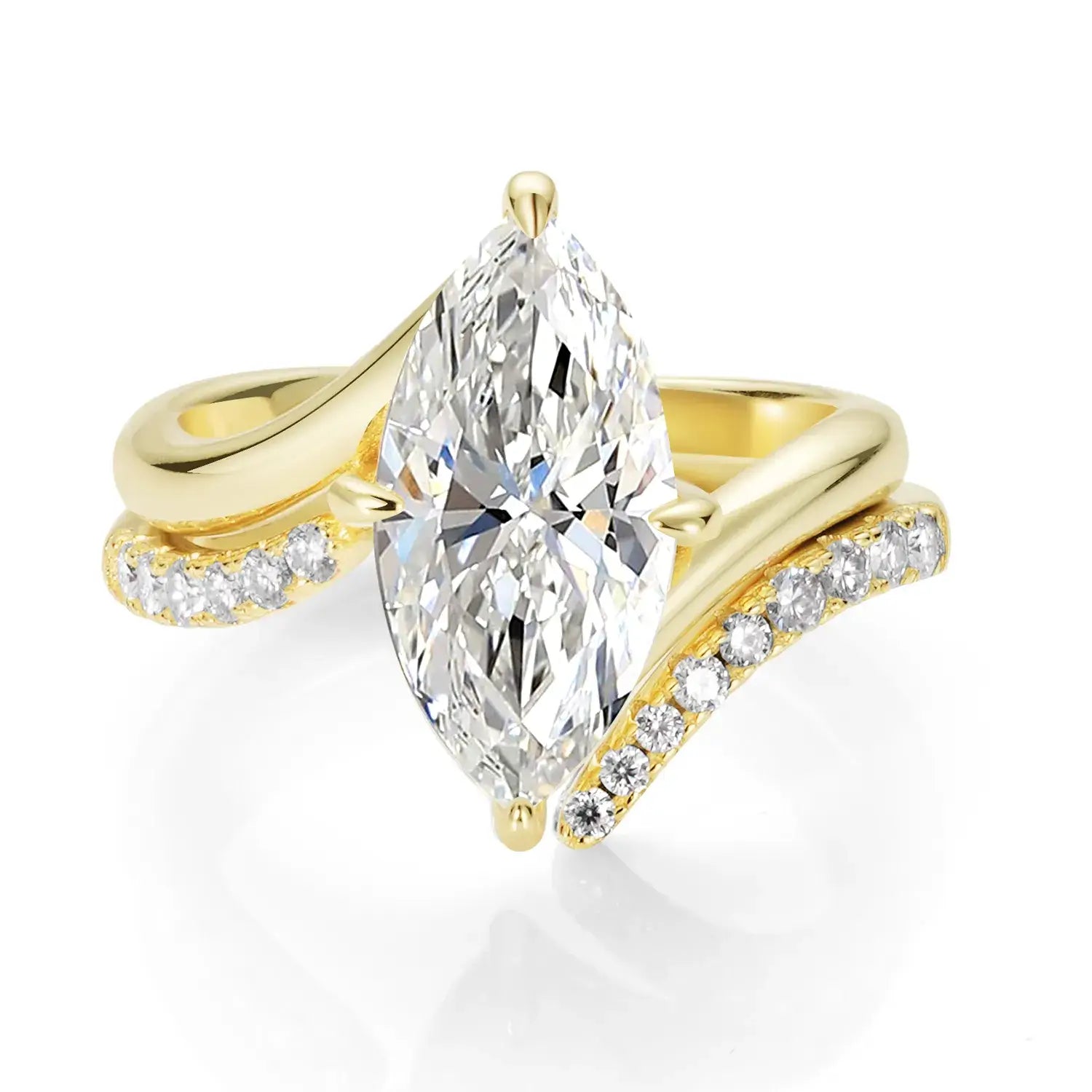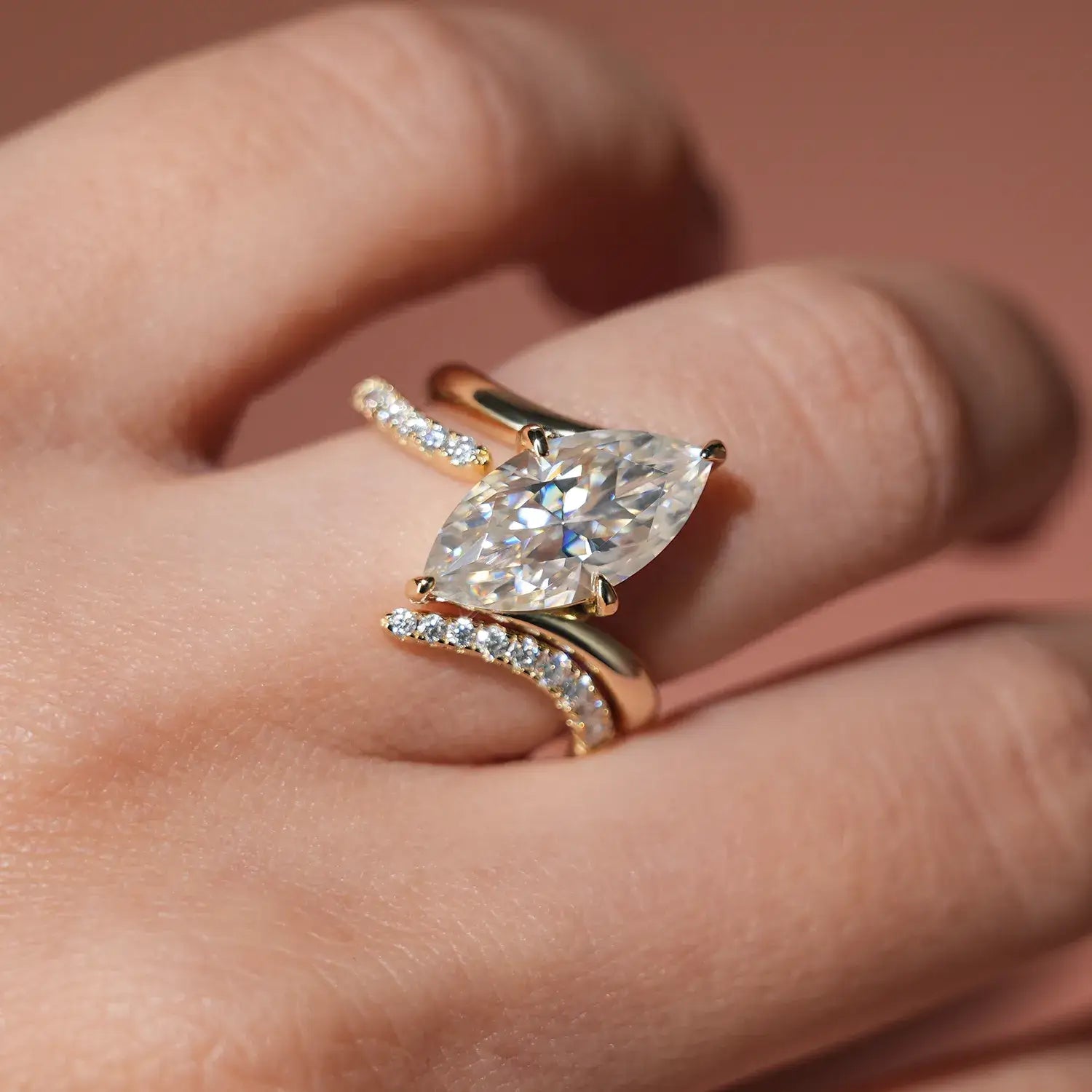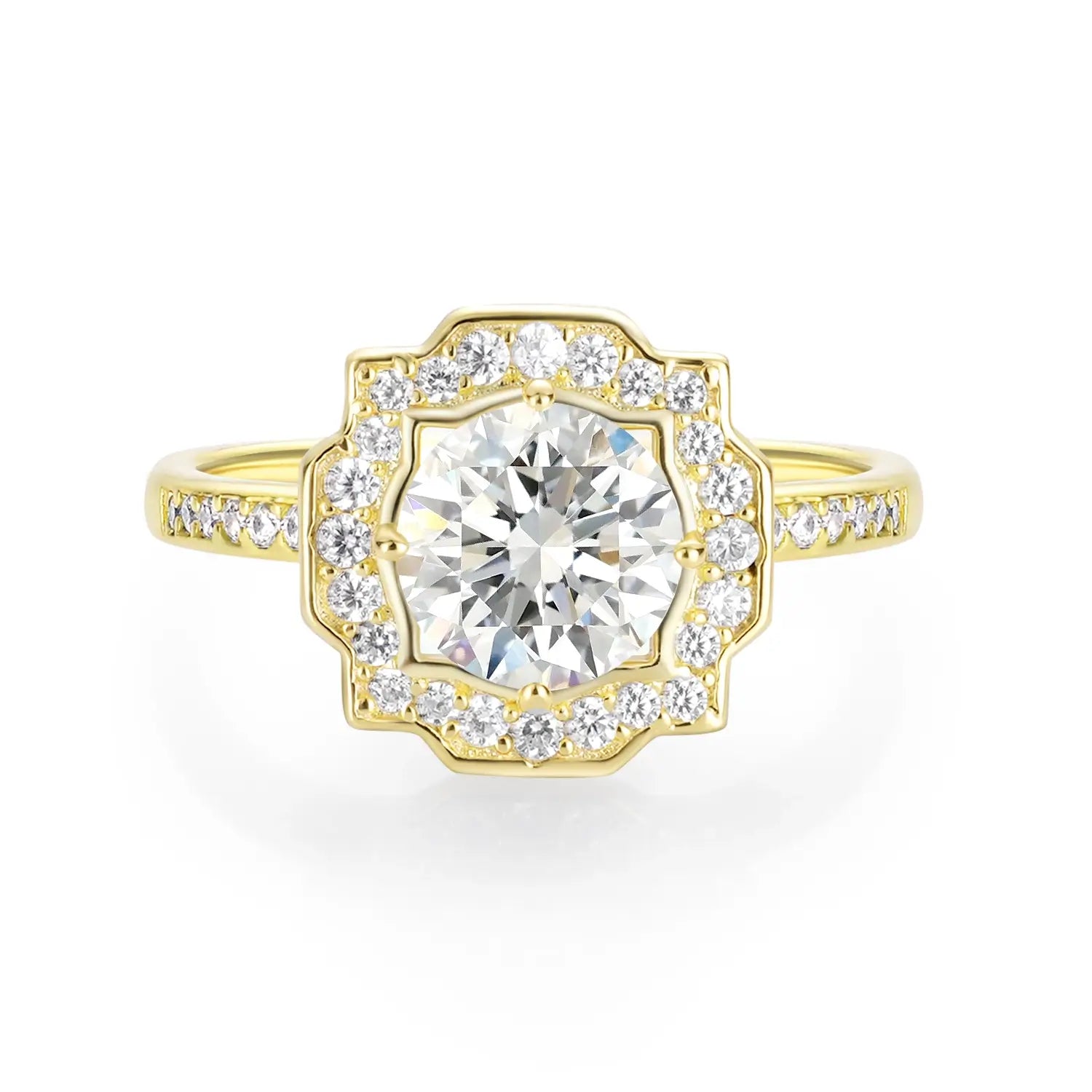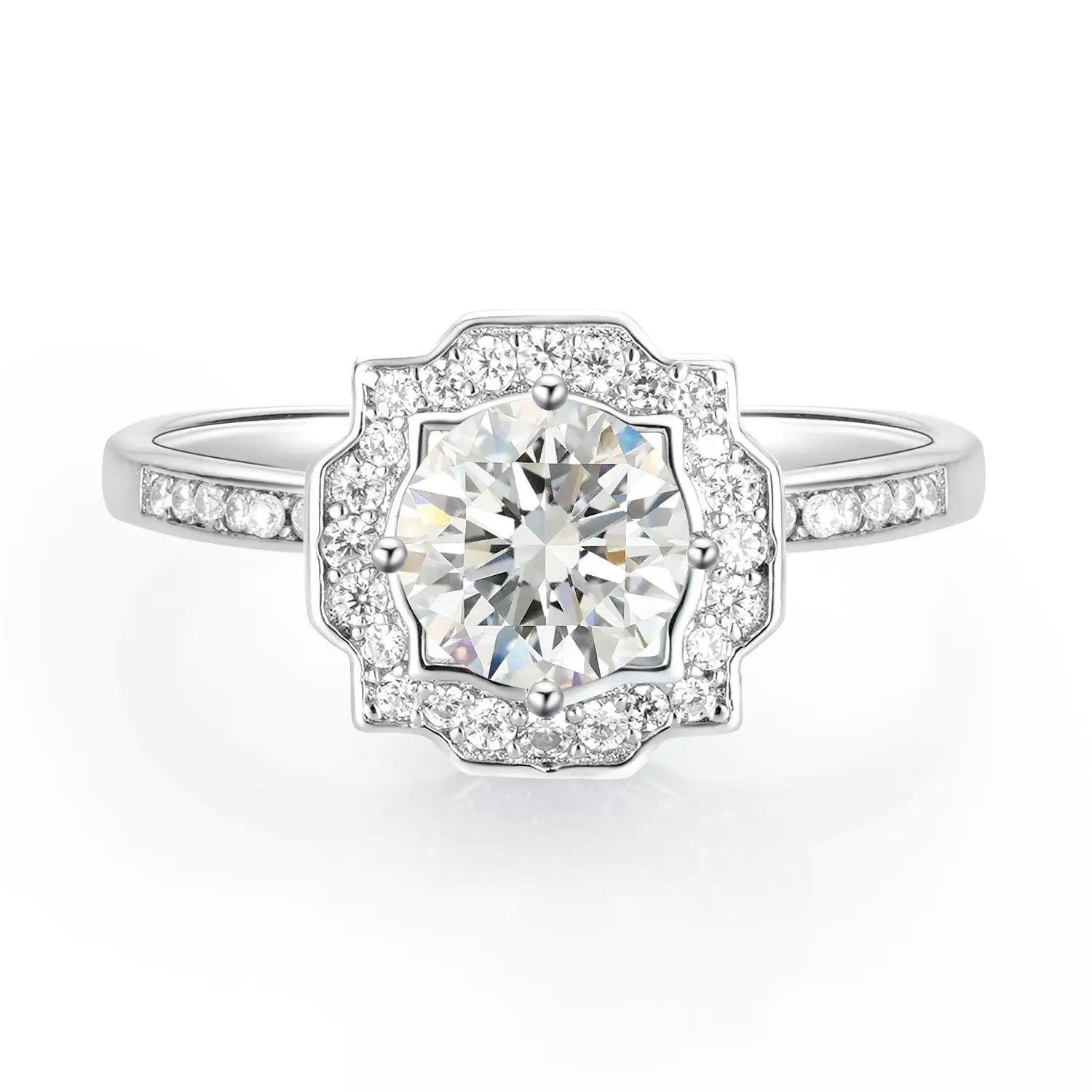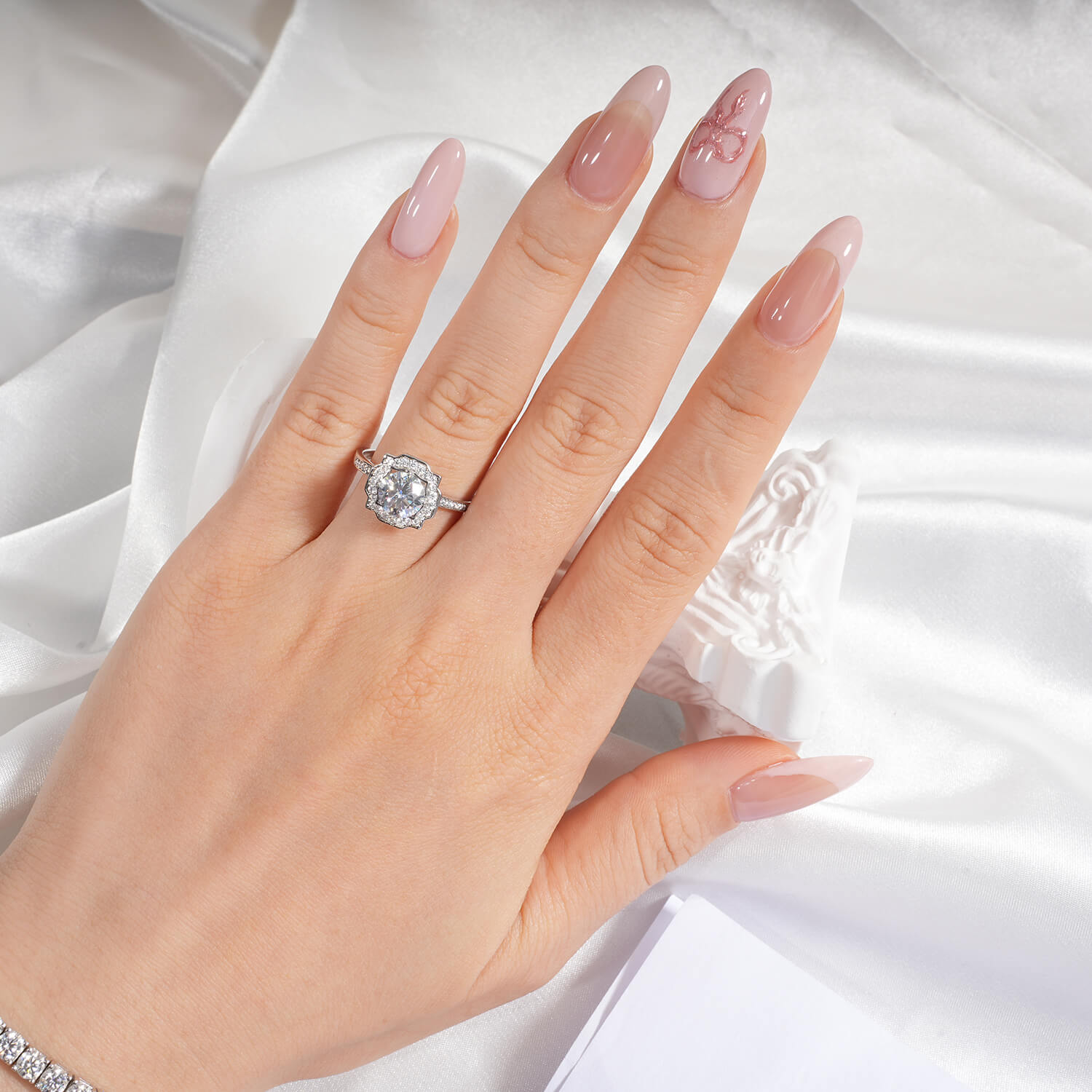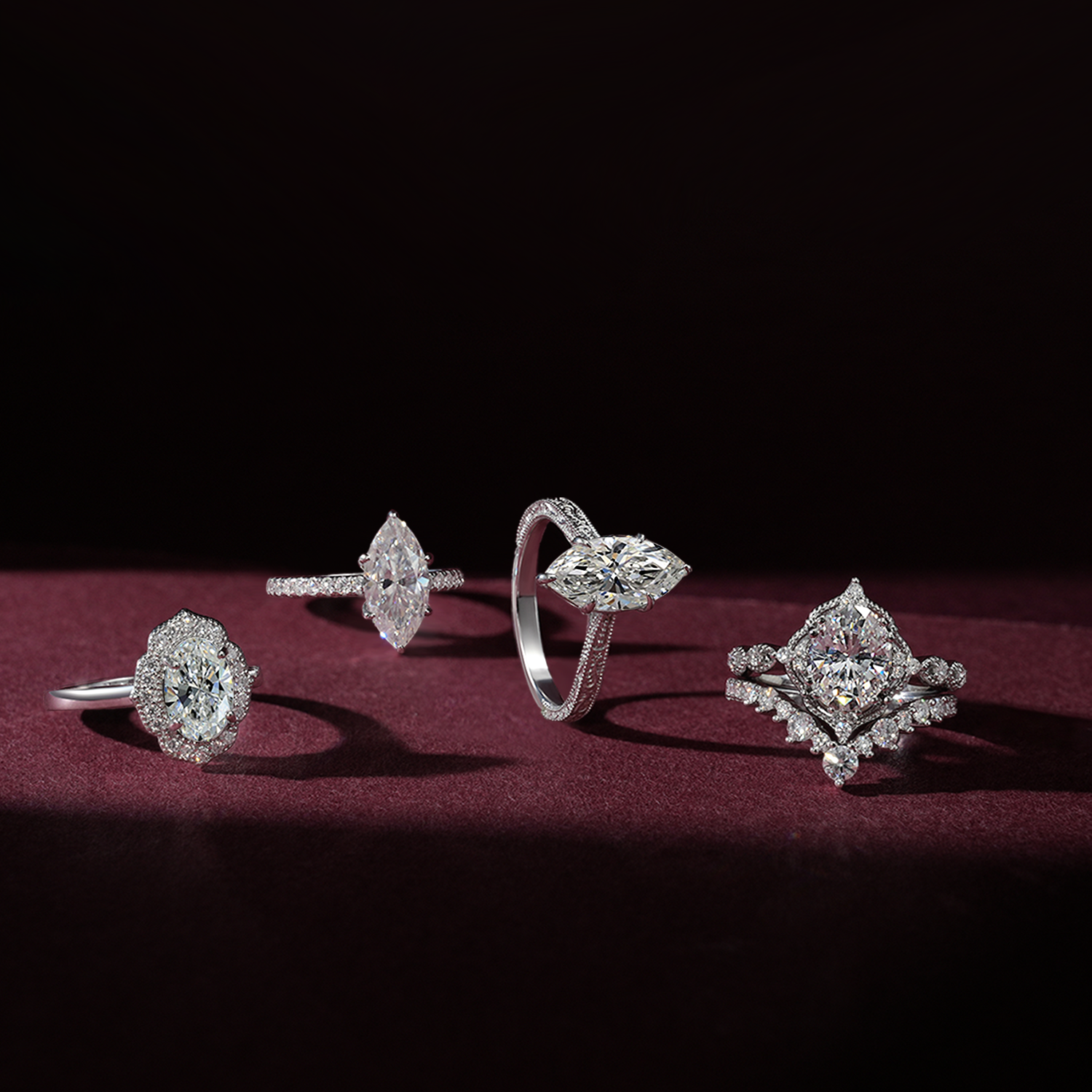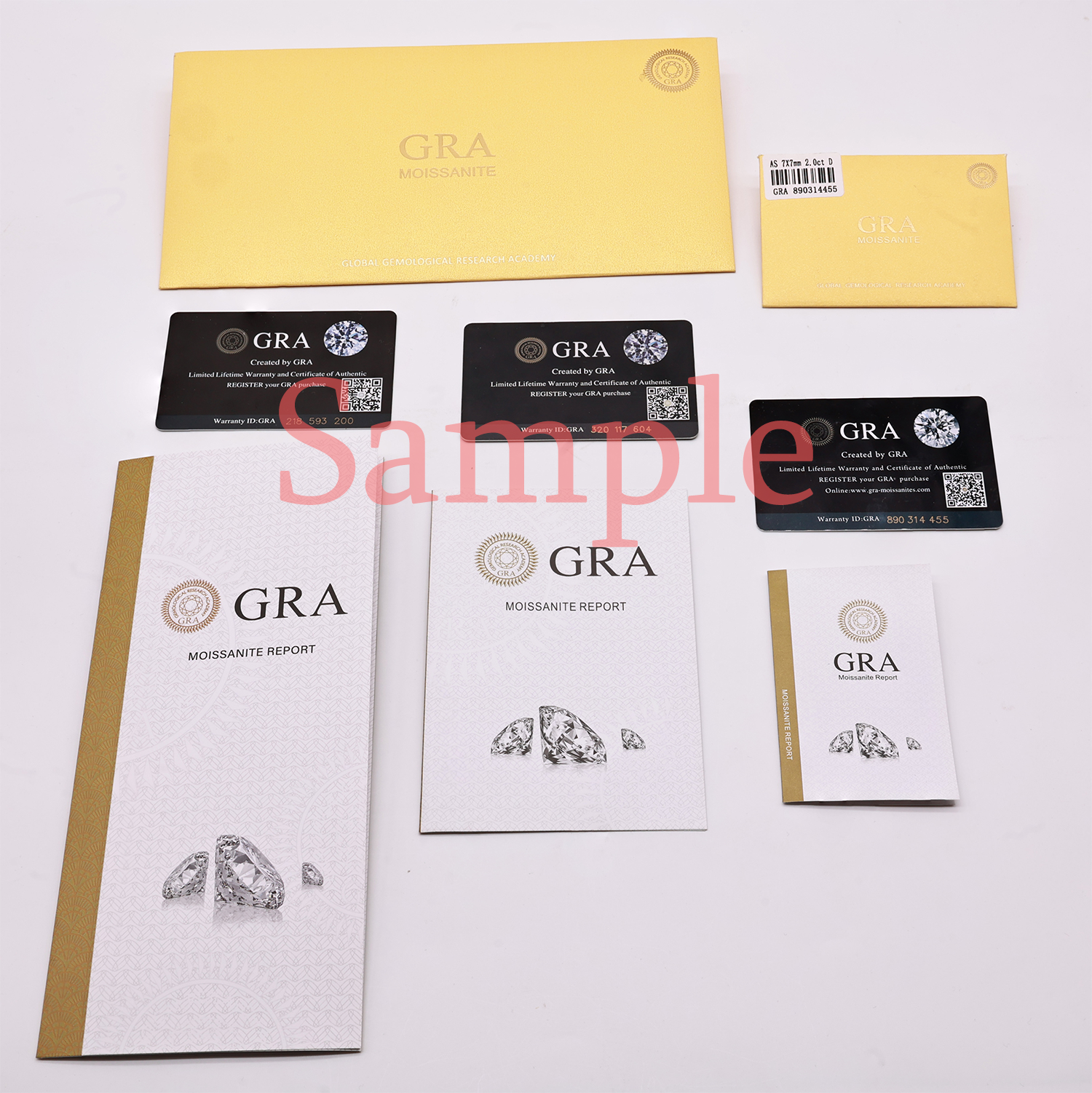Introduction
When choosing a gemstone for your engagement ring or fine jewelry, two popular diamond alternatives often come to mind: moissanite and cubic zirconia (CZ). At first glance, they may appear similar — both offer stunning sparkle at a fraction of the cost of diamonds — but the differences in brilliance, durability, and long-term value are substantial.
In this guide, we’ll dive deep into their optical properties, hardness, price ranges, and everyday wear performance, so you can make an informed decision and choose a ring that matches your lifestyle, budget, and style preferences.
1. What Are Moissanite and Cubic Zirconia?
Moissanite
- Silicon carbide (SiC), extremely rare in nature, typically grown in laboratories for jewelry.
- 9.25–9.5 on the Mohs scale — nearly as hard as a diamond (10).
- High refractive index (2.65–2.97) and exceptional dispersion (0.104), producing intense “rainbow fire.”
Cubic Zirconia (CZ)
- Crystalline form of zirconium dioxide (ZrO₂), always lab-created.
- 8–8.5 on the Mohs scale — still durable but more prone to scratches over time.
- Refractive index of 2.15–2.18 with dispersion of ~0.06, giving a bright but slightly glassier look compared to moissanite.
3. Durability and Everyday Wear
For jewelry that will be worn daily — especially rings — durability is critical.
- Exceptional scratch resistance and toughness, making it ideal for engagement rings, wedding bands, and heirloom jewelry.
- While still relatively hard, CZ is softer than moissanite and will show signs of wear sooner, particularly on rings that are exposed to frequent contact with hard surfaces.
Bottom line: If you plan to wear your ring every day for years, a moissanite ring will retain its beauty and sparkle far longer than CZ.
4. Price Comparison
- Extremely affordable. A 1-carat CZ gemstone can cost under $20, making it popular for budget-conscious buyers or trendy fashion pieces.
- Prices vary depending on size, cut, and brand. For example, a high-quality 2-carat moissanite engagement ring from GEMOISS in sterling silver can cost a fraction of a comparable diamond while offering superior brilliance and long-term durability.
While CZ offers immediate savings, moissanite’s longevity often makes it the better value over time, especially for meaningful pieces like engagement rings.
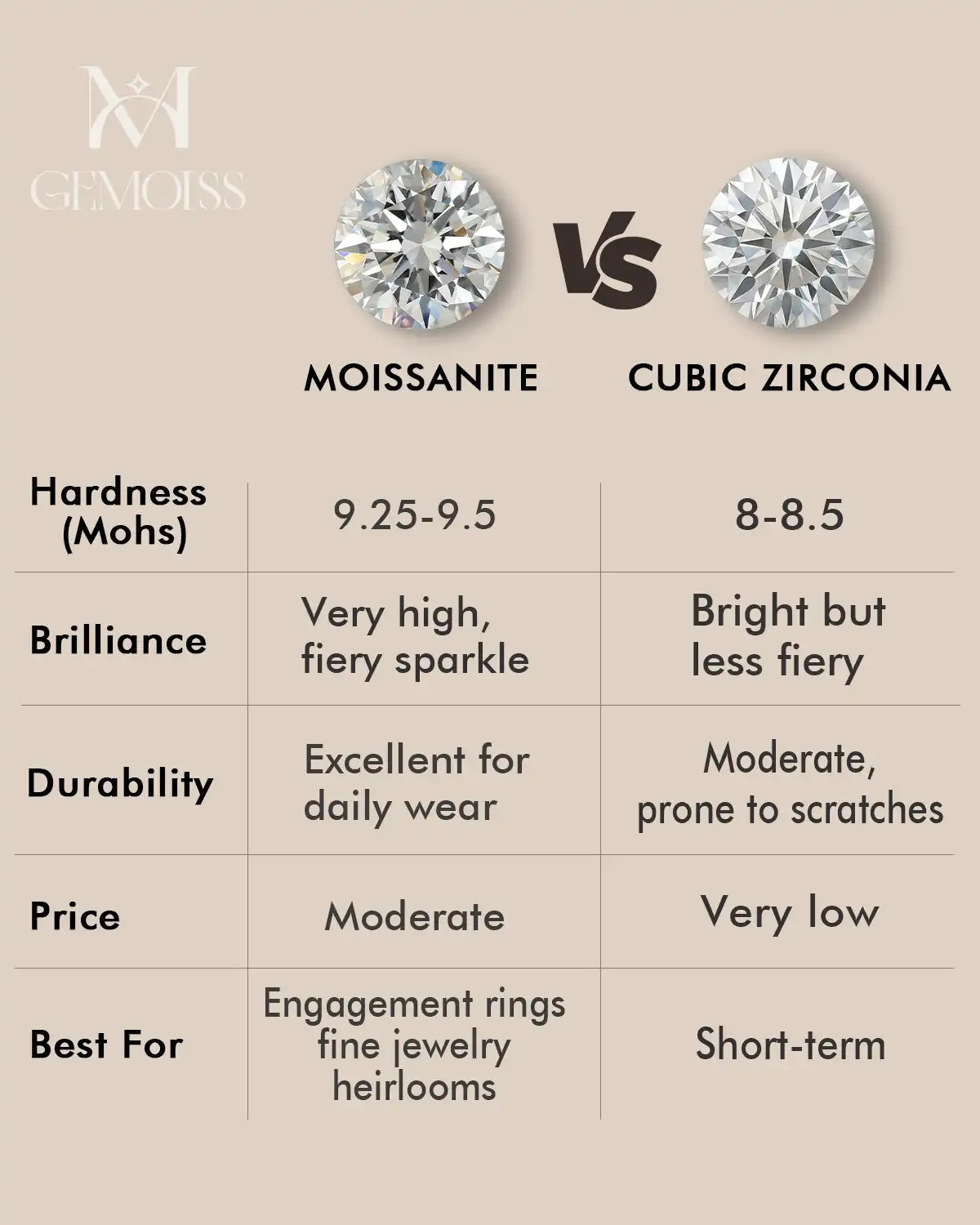
5. Which Should You Choose?
6. Popular Moissanite Ring Styles at GEMOISS
- Silver Moissanite Engagement Rings — Perfect balance of elegance and affordability.
- — A subtle circle of sparkle beneath the center stone for extra brilliance.
- — For those who love intricate detailing and timeless charm.
FAQ
Yes. In fact, moissanite’s brilliance can be even more intense than a diamond’s, though it has a slightly different light pattern when viewed closely.
Over time, CZ can accumulate scratches and absorb oils, leading to a cloudy look unless cleaned regularly.
For daily-wear jewelry, yes. Moissanite offers much better long-term value due to its durability and superior brilliance.
Conclusion
Both moissanite and cubic zirconia have their place in the jewelry world. If you’re shopping for an engagement ring, wedding band, or a piece you plan to wear daily, moissanite is the clear winner for longevity, brilliance, and value.
Explore GEMOISS’s Moissanite Ring Collection today and find a piece that tells your story with enduring sparkle.
